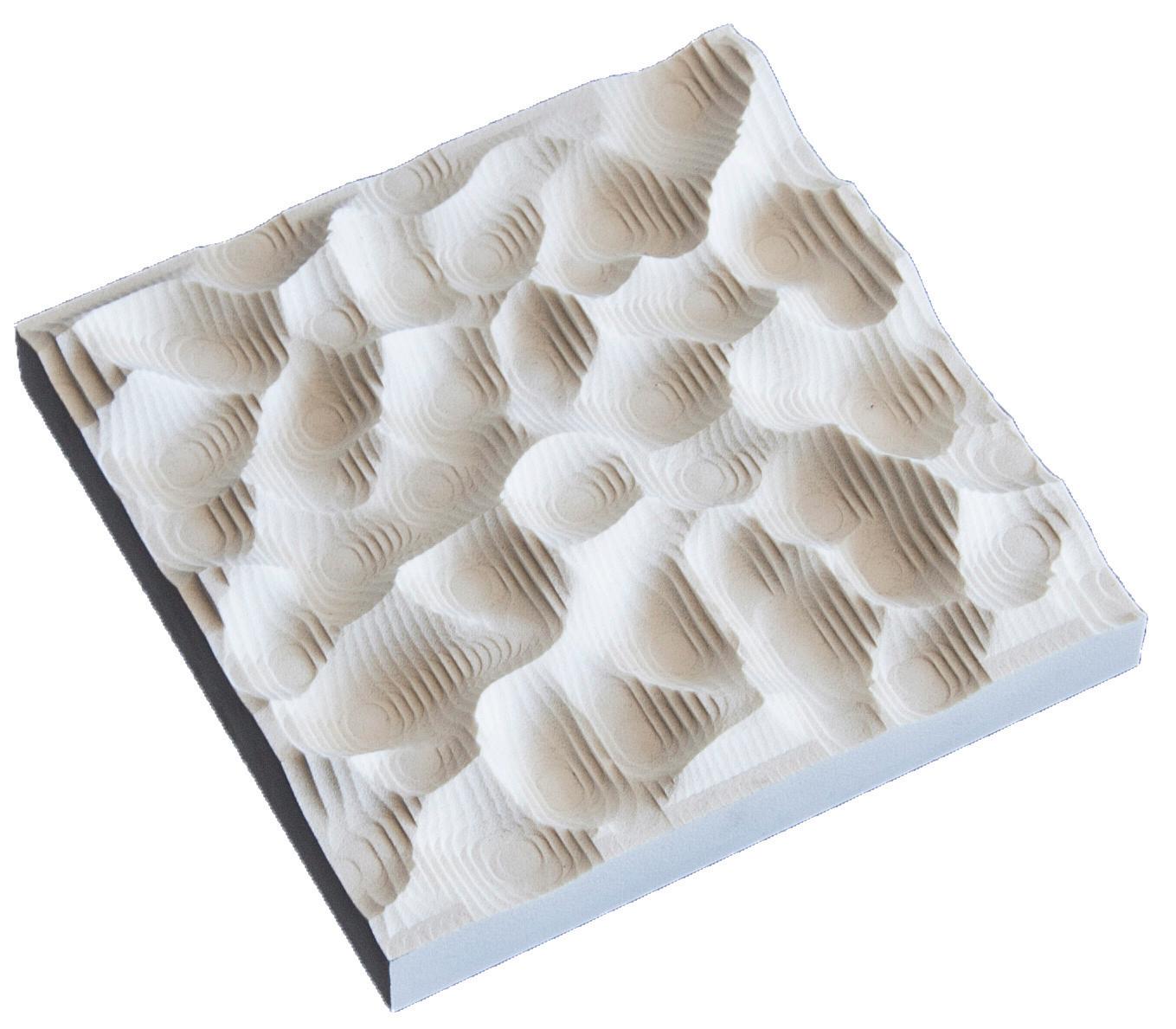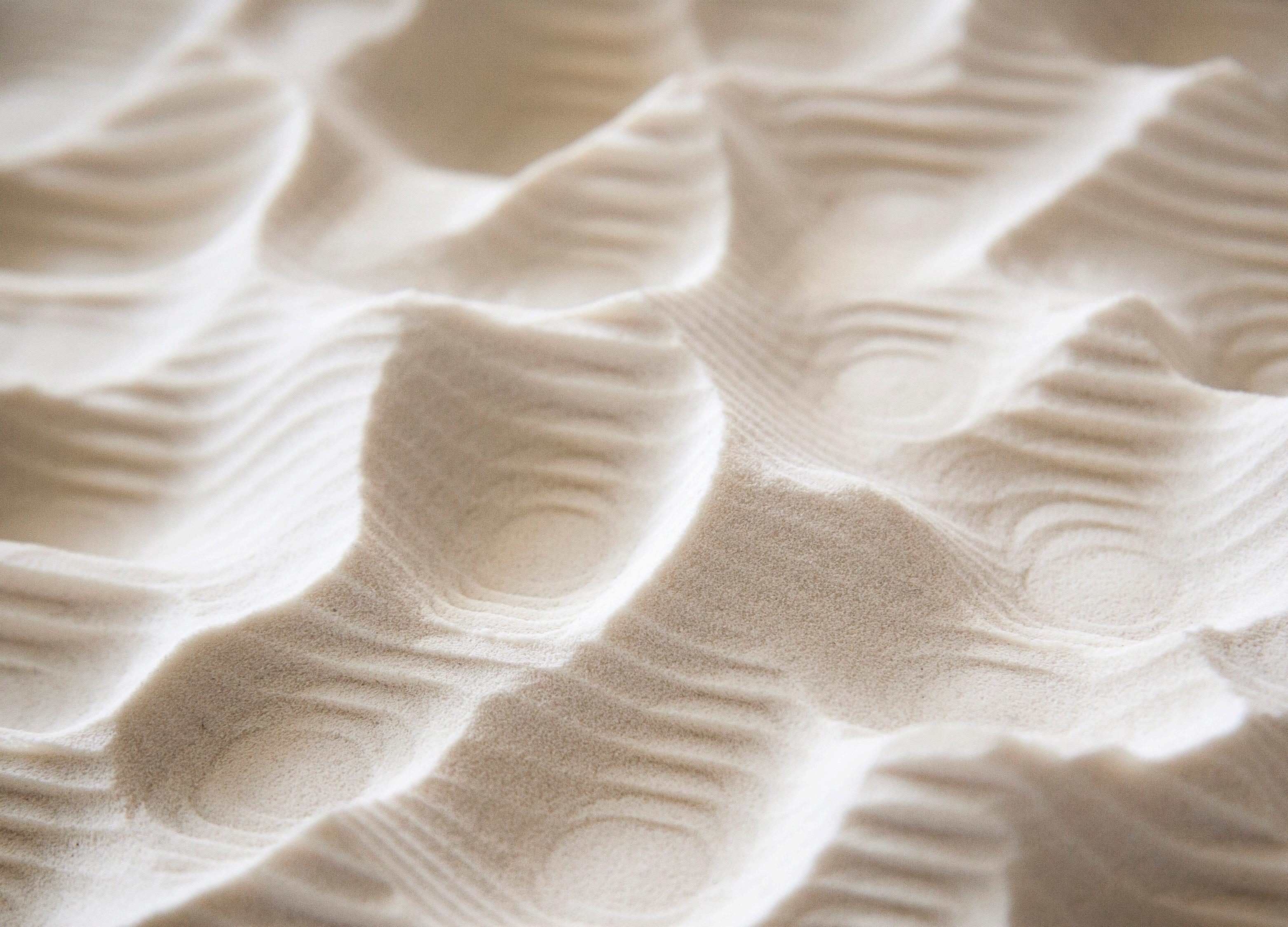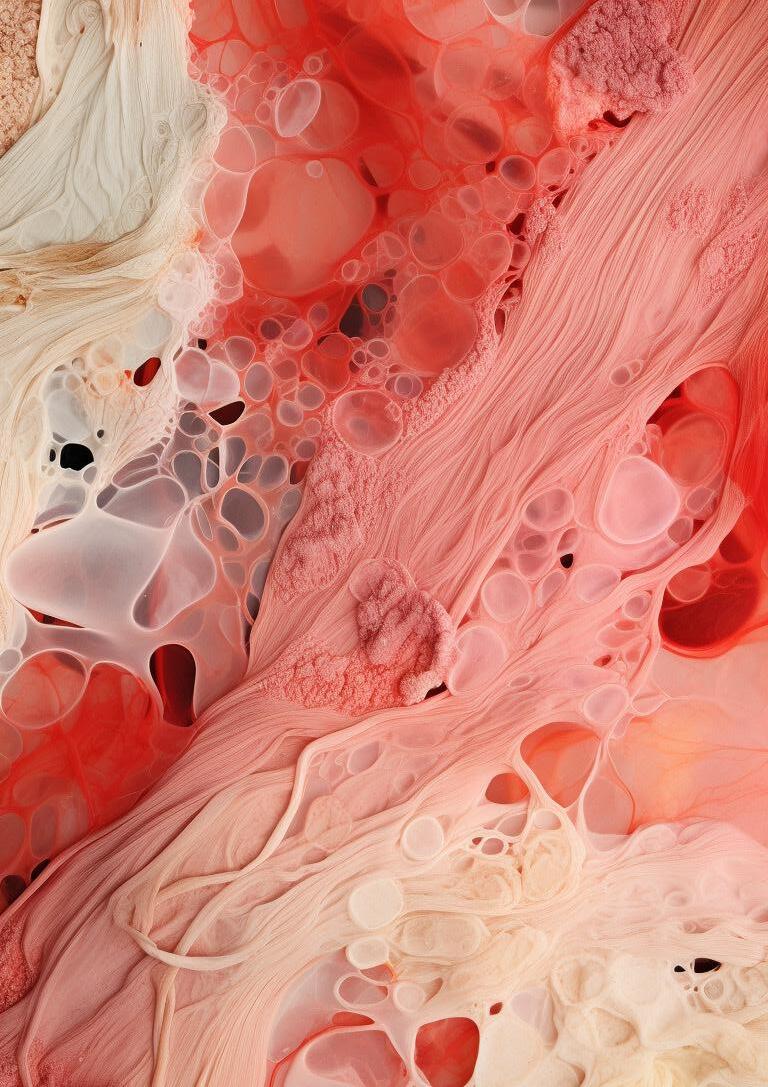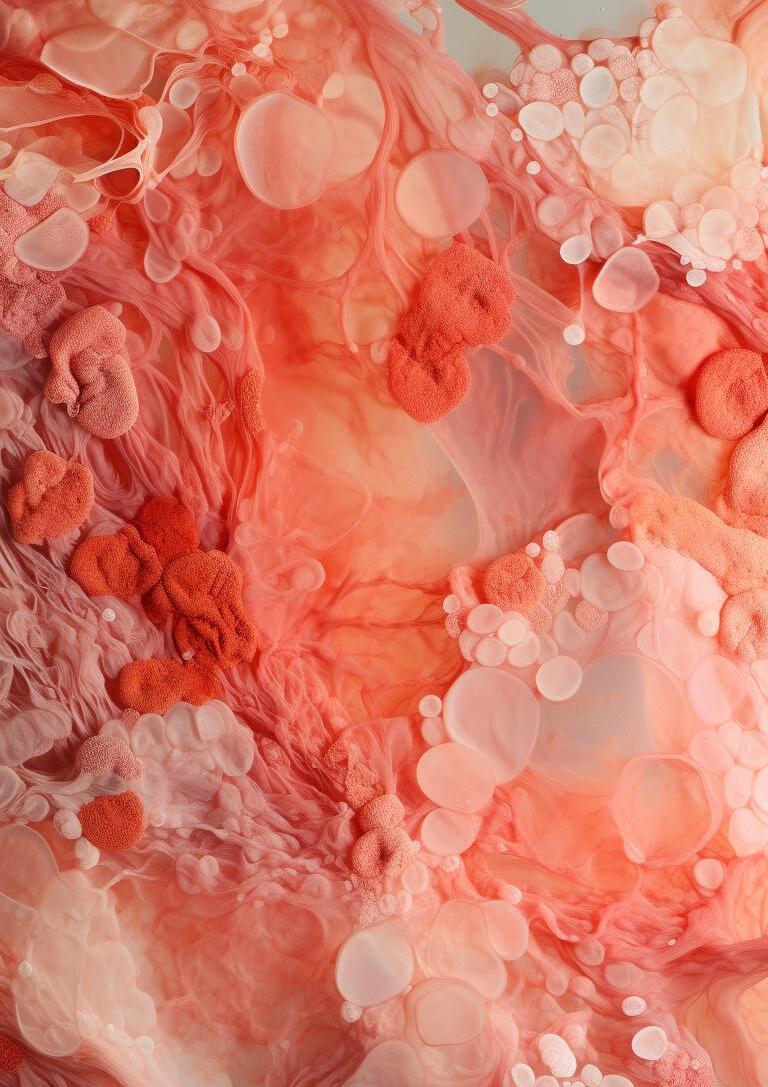

MATEUS SARTORI
EXPERIENCE
2024 present Thinker Maker Space I Design Residency
2023 2021 Estudi Biga I Architect
2023 Fab Casa del Mig I Artistic Residency
2023 PUC-Minas I Teaching Faculty
2022 IAAC MAEEB I Teaching Faculty
2021 2019 External Reference I Computational Designer
2019 2018 IAAC FabLab I Lab Assistant
2018 Indissoluble I Architecture Internship
EDUCATION
2018 2017 MPDA | Master in Parametric Design in Architecture UPC | Universitat Politècnica de Catalunya, Spain
2016 2010 Architecture and Urbanism Degree UFRGS | Federal University of Rio Grande do Sul, Brazil
2015 Japanese Traditional and Contemporary Architecture Program ANCT | Akashi College of Technology, Japan
2014 2013 BSc Architecture
University of East London, UK
CV
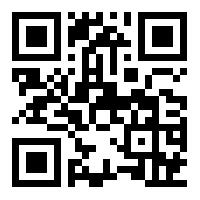
Hello! I am Mateus Sartori and this portfolio contains only a few of my projects. To check more designs please use the QR Code or acess www.mataeu.com Also feel welcome to check out my Instagram accounts @mata_eu, @bodyscripting and @aichoices and my LinkedIn page: www.linkedin.com/in/mateussartori.
LANGUAGES
Portuguese English Spanish
SOFTWARES
Rhinoceros
Grasshopper
Autocad
Enscape
Adobe Office
TECHNIQUES
3d Printing
Laser Cutting
CNC Milling
Scanning
Traditional Jewerly
Thermoforming
BIOCARAS: FACIAL SYMBIOSIS
Biocaras: Facial Symbiosis delves into crafting masks that resonate with nature’s essence. Leveraging visual programming, this project uses bio-inspired algorithms to replicate the intricate patterns and forms seen in the natural world. Each mask is a distinct masterpiece, drawing from various natural textures and formations. The creative process involves emulating phenomena such as slime mold growth, bird nest structures, coral formations, tree branching, and the intricate designs of beehives. The project utilizes the facial scans of six artists - Calum, Nacho, a, Leslie, Agustina, and Marcel - as the foundation for these bio-mimetic designs, resulting in a unique blend of art and science. The masks not only serve as artistic expressions but also embody the fusion of tradition and modernity, symbolizing a bridge between ancestral rituals and contemporary performance arts.
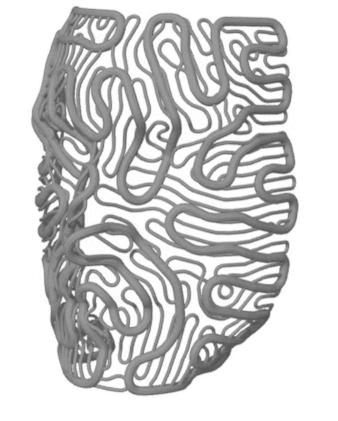
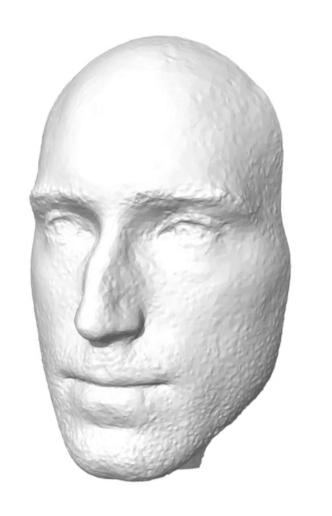
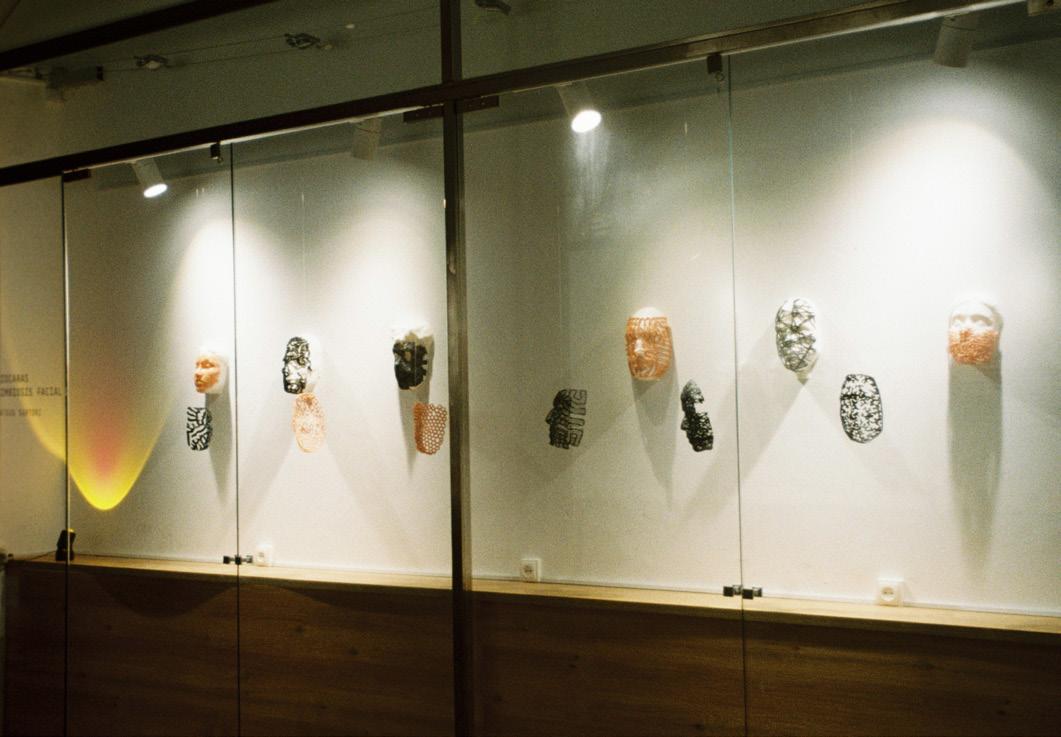
Fabricated using advanced 3D printing techniques, the masks were showcased at the La Roda annual scholarship exhibition at Fab Casa del Mig in Barcelona, October 2023, offering both physical and virtual experiences through VR at the @bodyscripting platform.
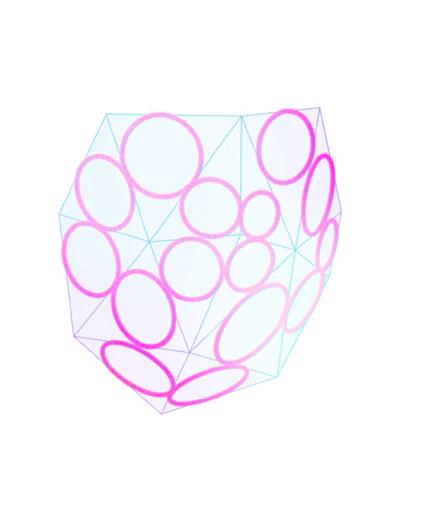
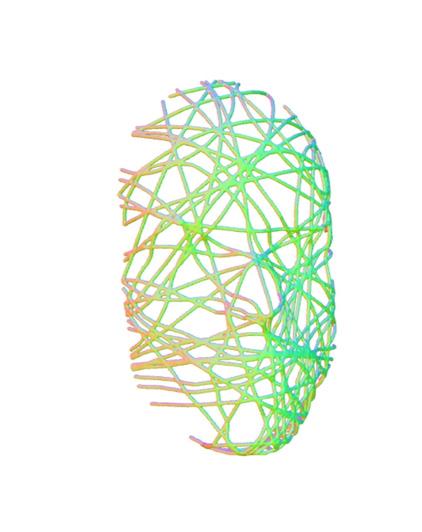
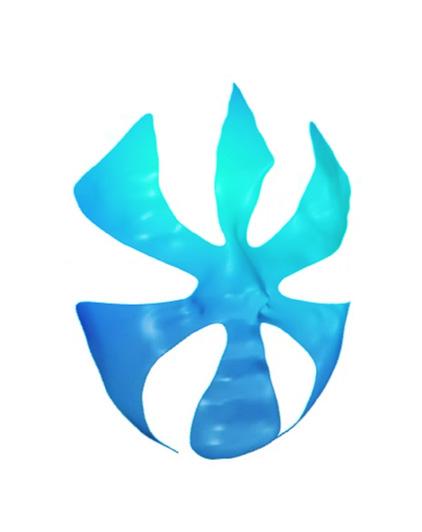

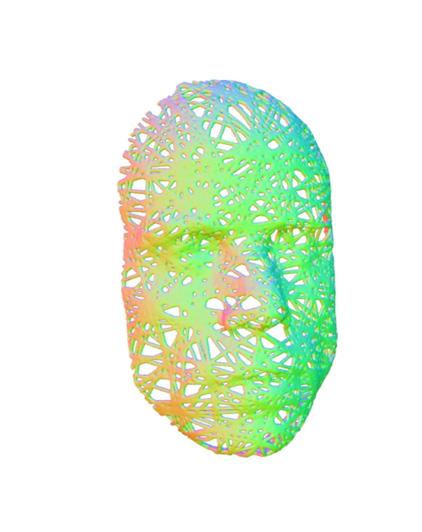
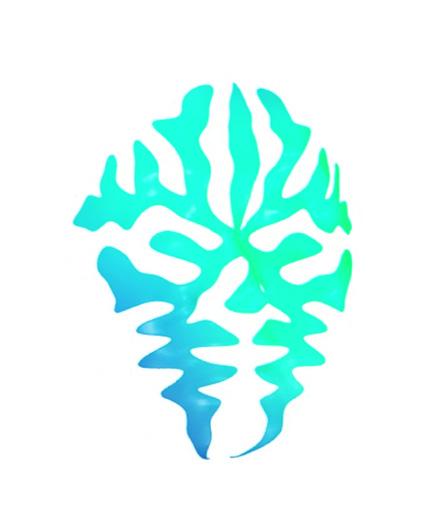
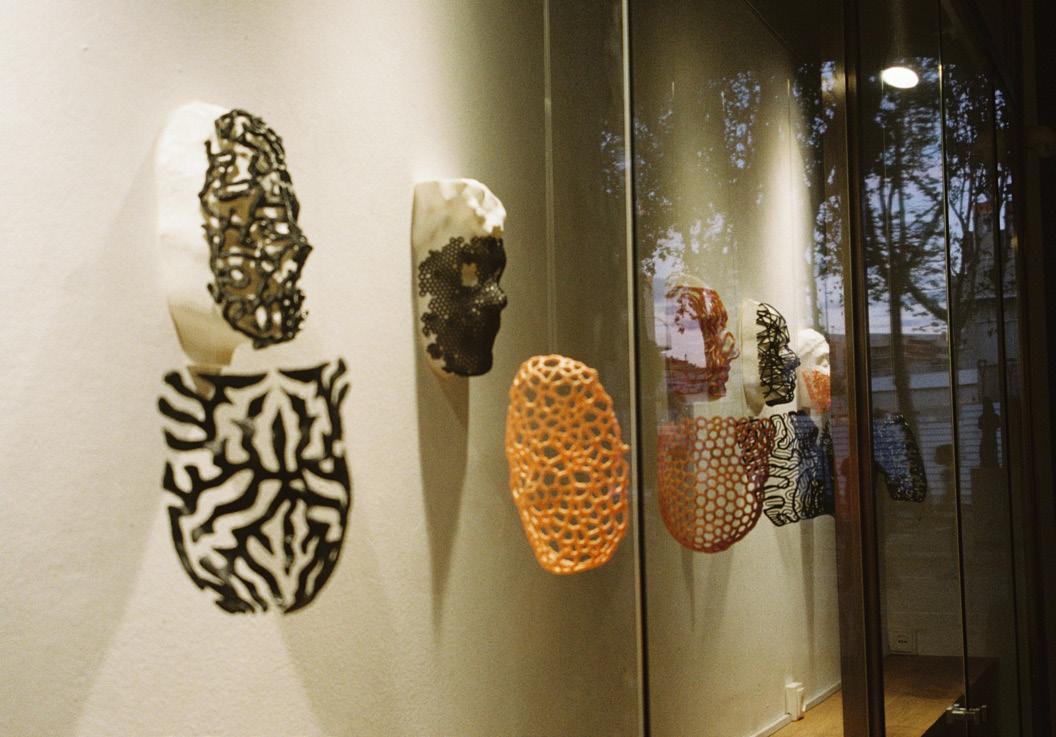
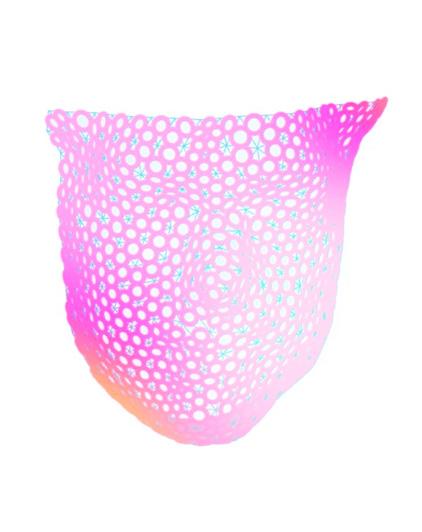



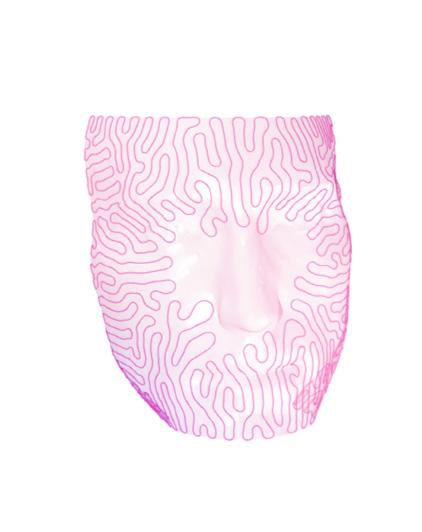

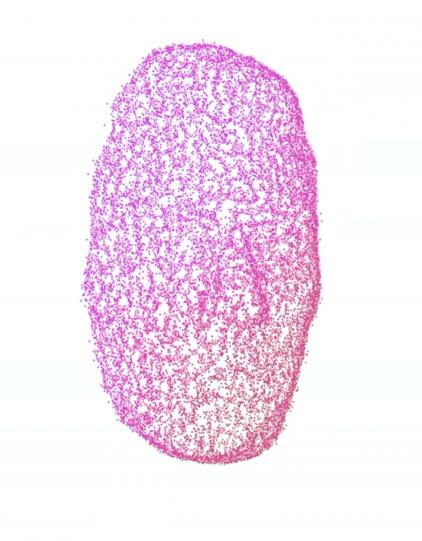
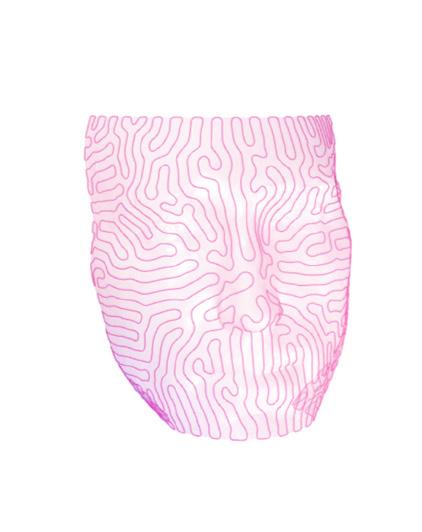
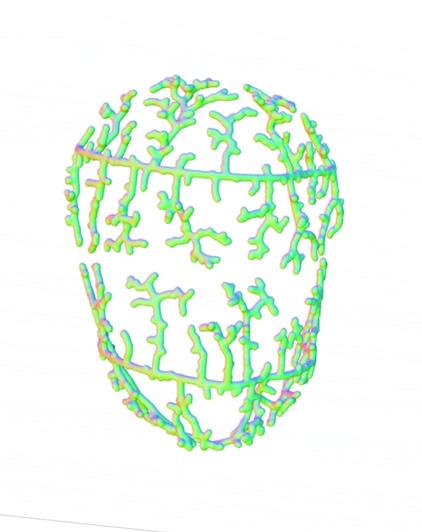
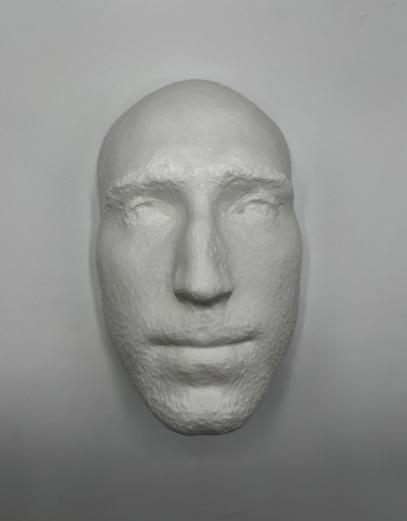
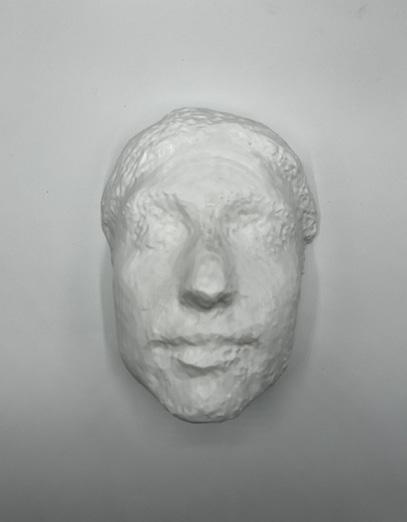
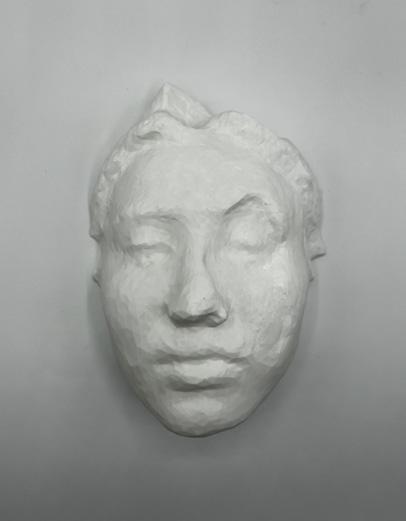
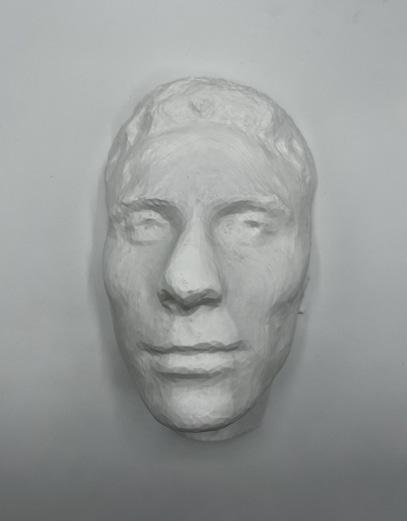
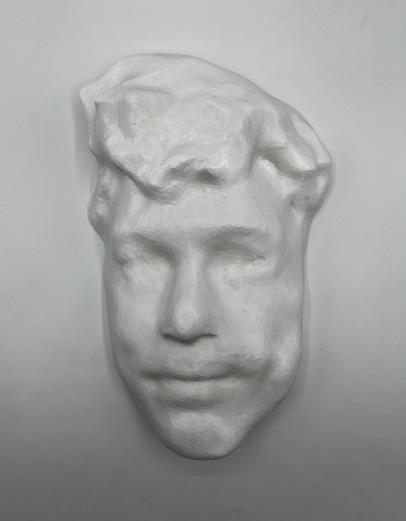
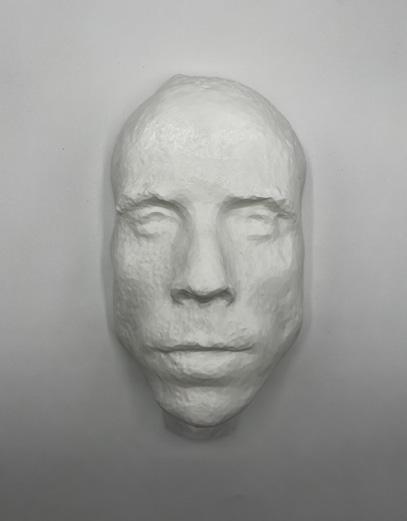
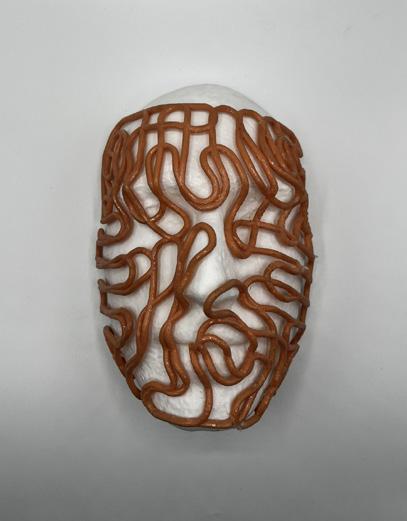

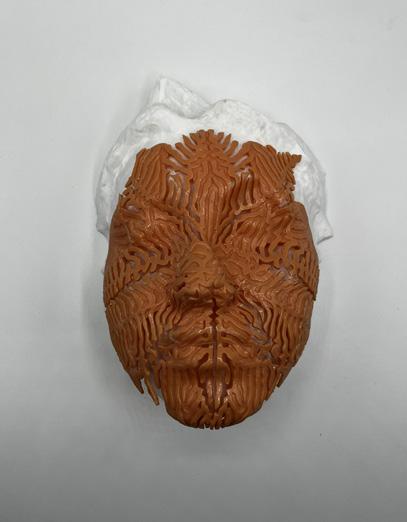
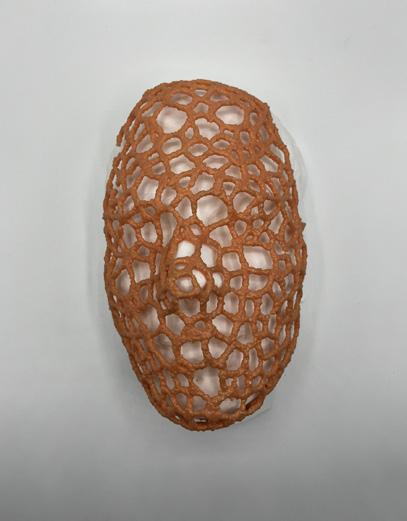
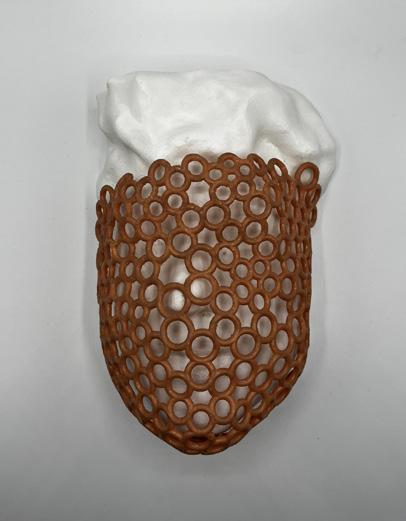
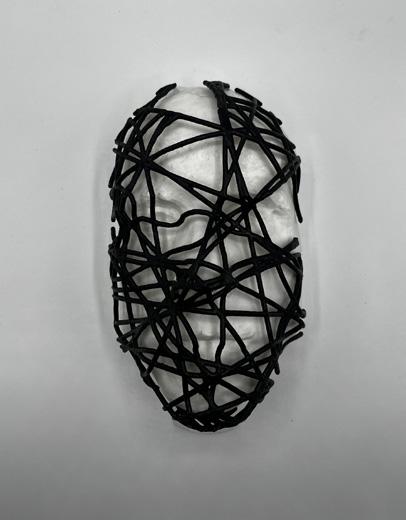

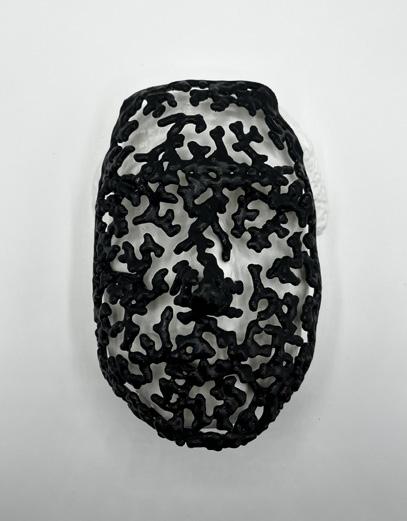

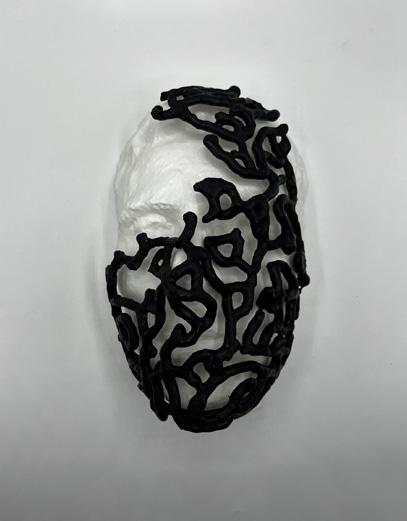
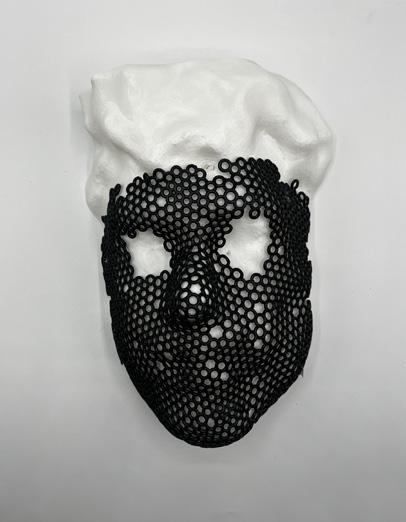
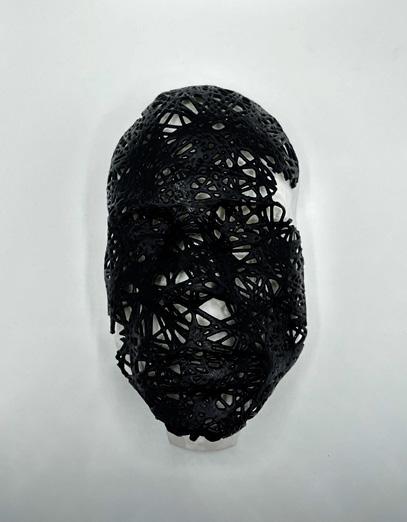



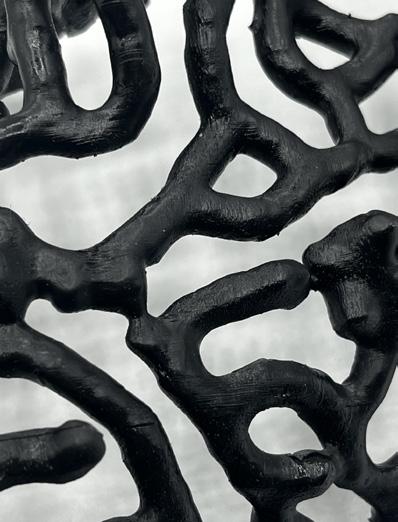
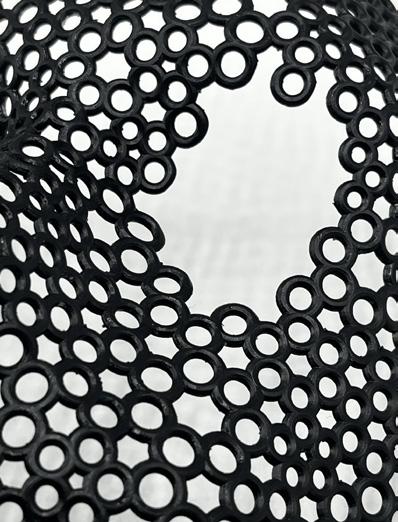
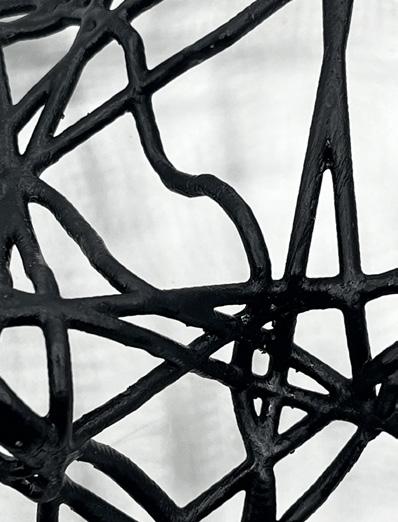
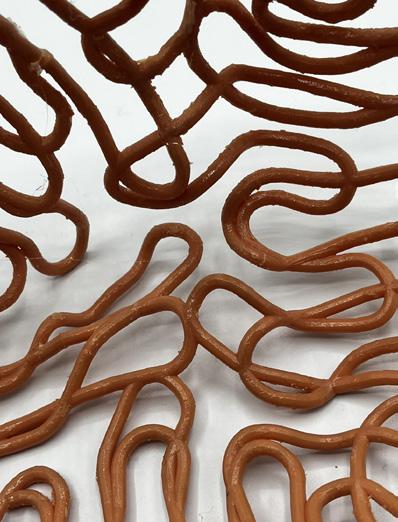
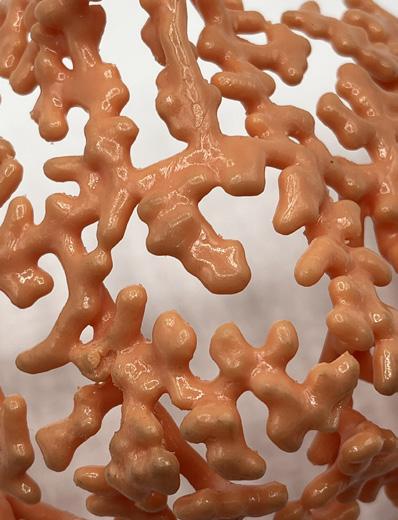
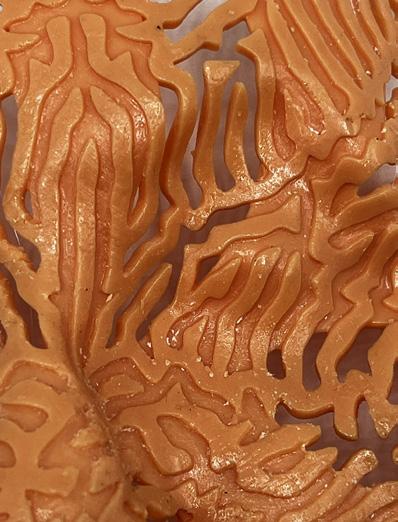

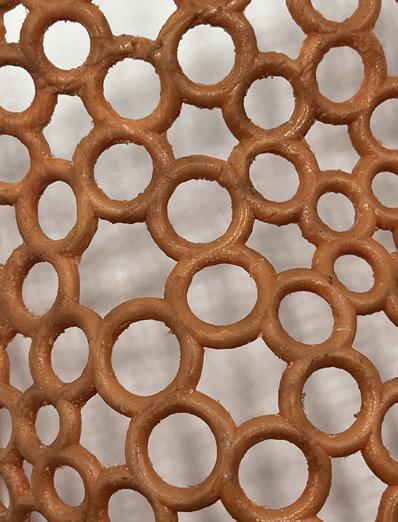
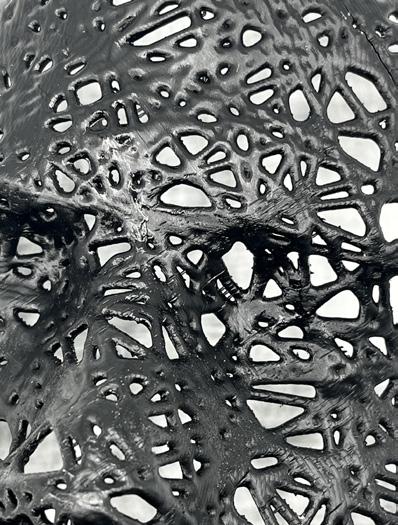
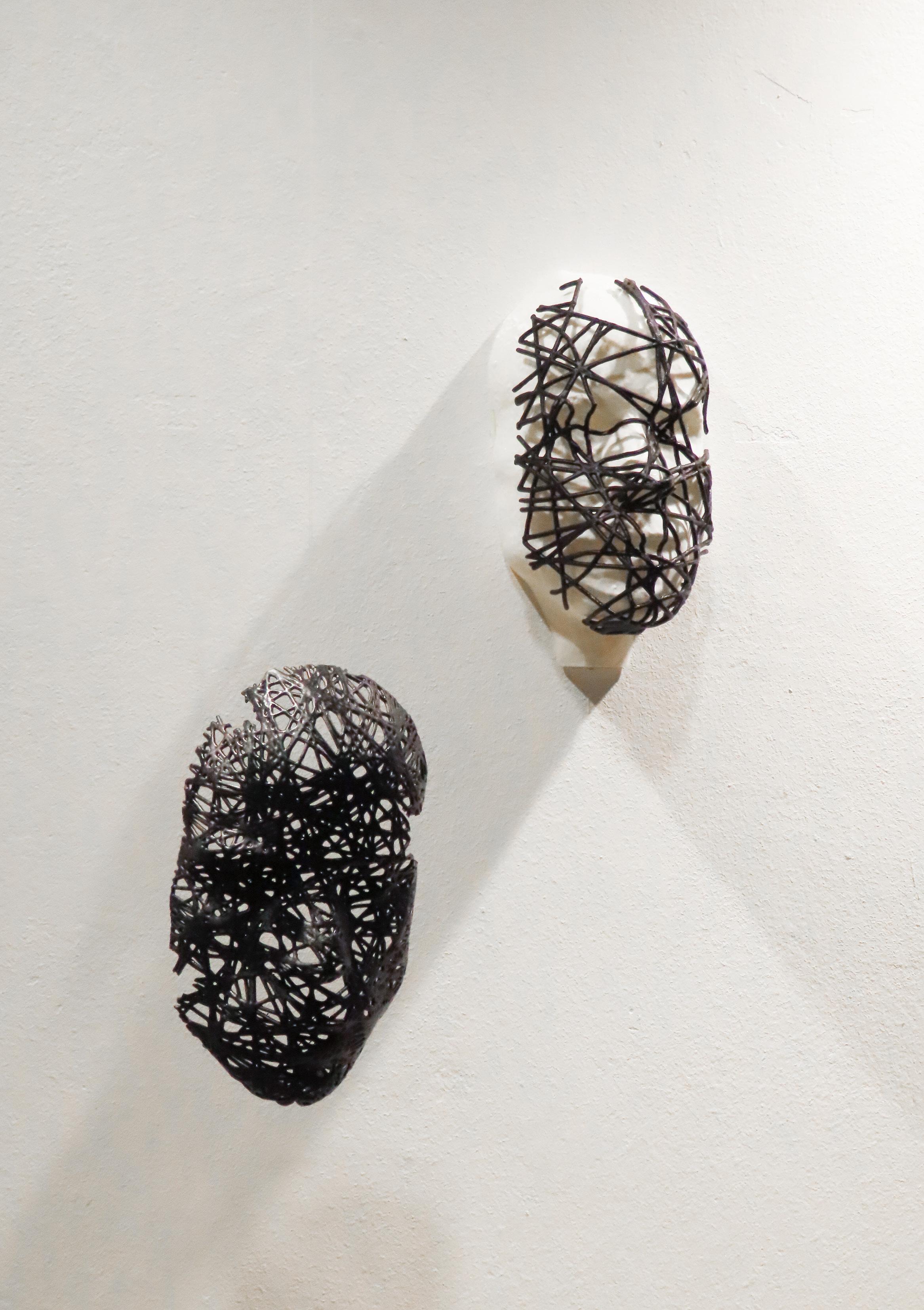
(BODY) ARTEFACTS
2022 Since 2022, the (Body) Artifacts project has been at the forefront of integrating digital design with the human form, creating a unique line of wearable art, jewelry, and accessories. This initiative is part of a collaborative effort with the Body Scripting and JOIE research collectives, and involves teaching at Digital Futures and Escola da Cidade. The designs are born from a blend of computational design and artisanal methods, including 3D printing and lost wax casting, drawing inspiration from natural structures and mathematical patterns. This exploration transcends the mere aesthetic, probing the boundaries of human skin and its potential extensions, contemplating their impact on personal and environmental interactions.

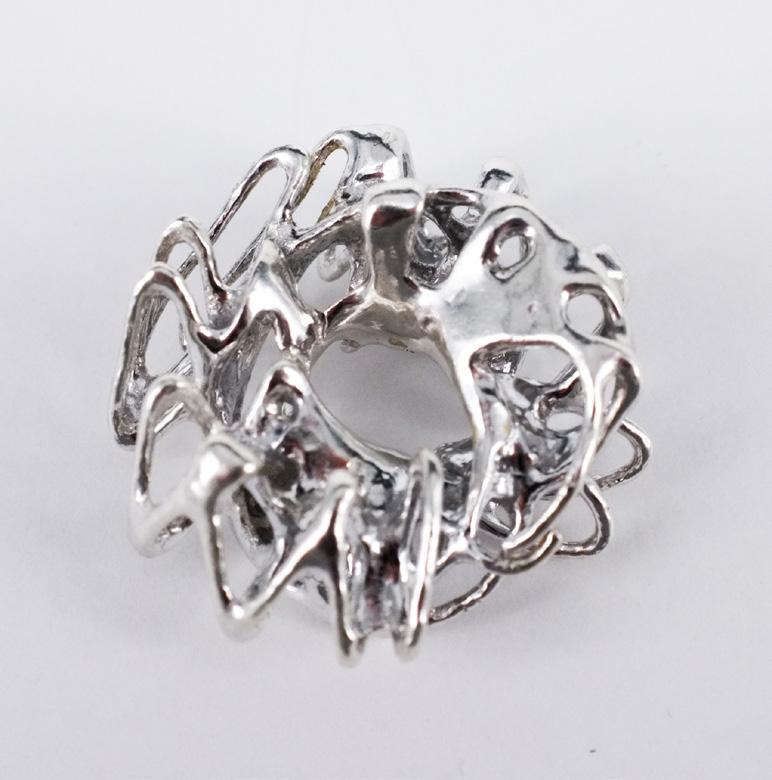
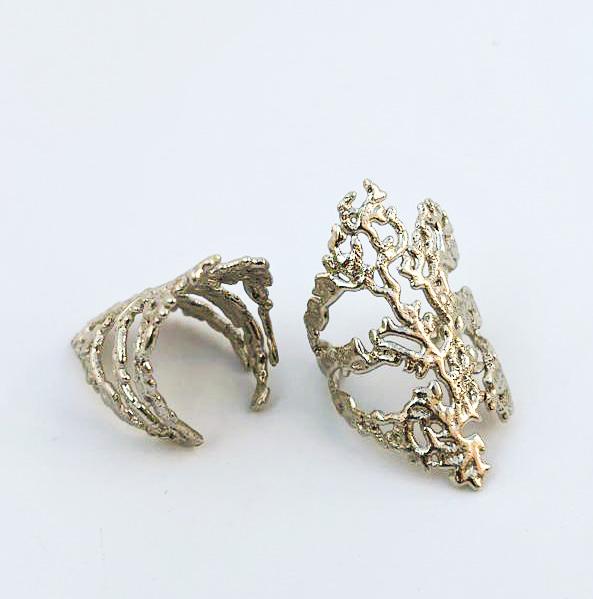
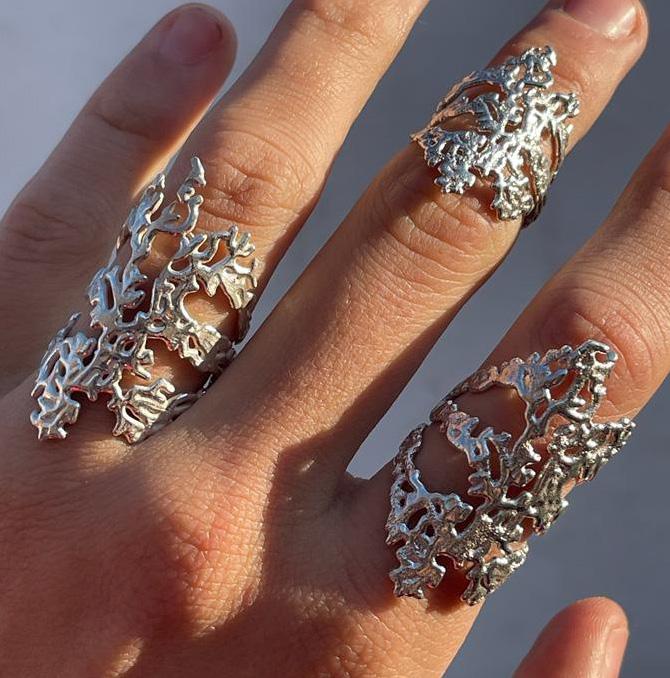
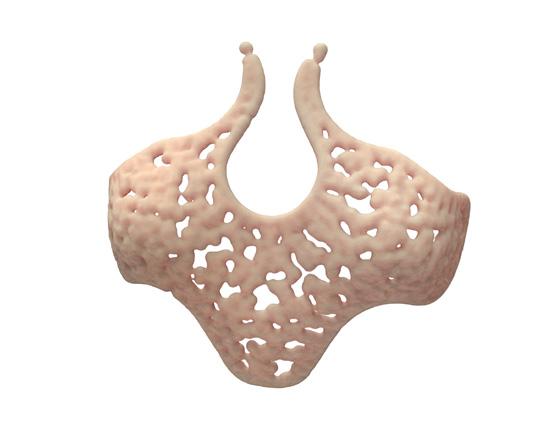
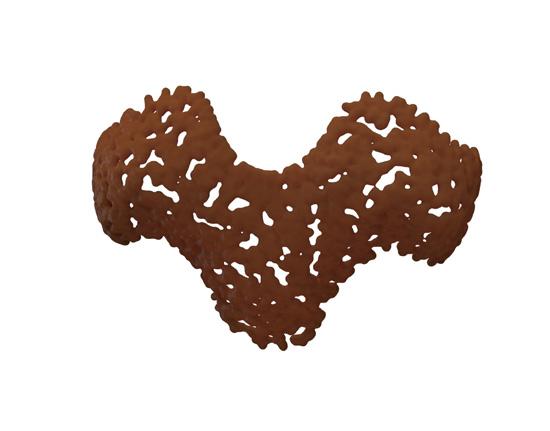
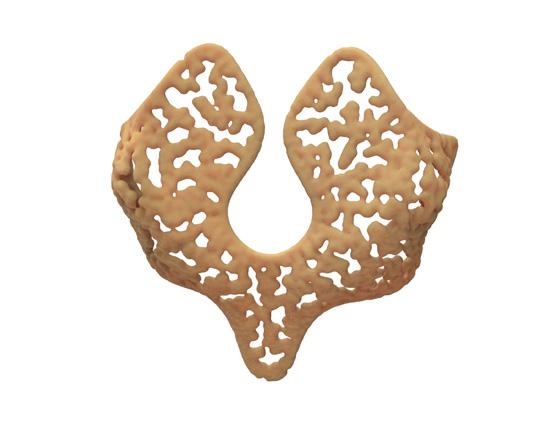
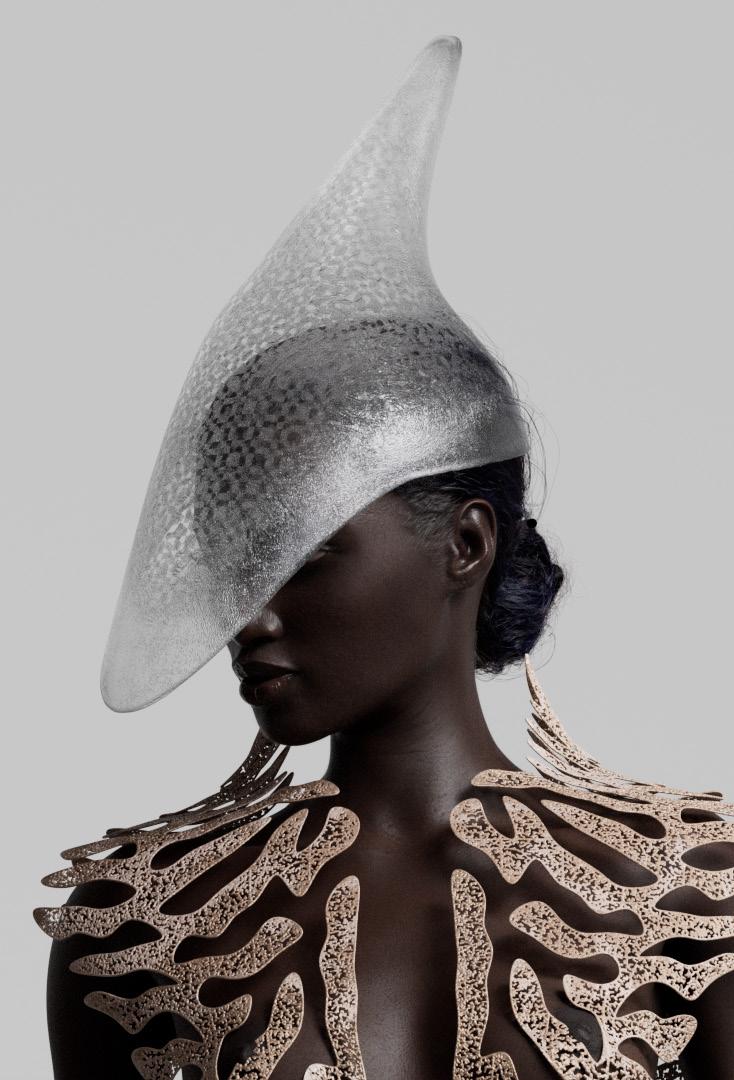
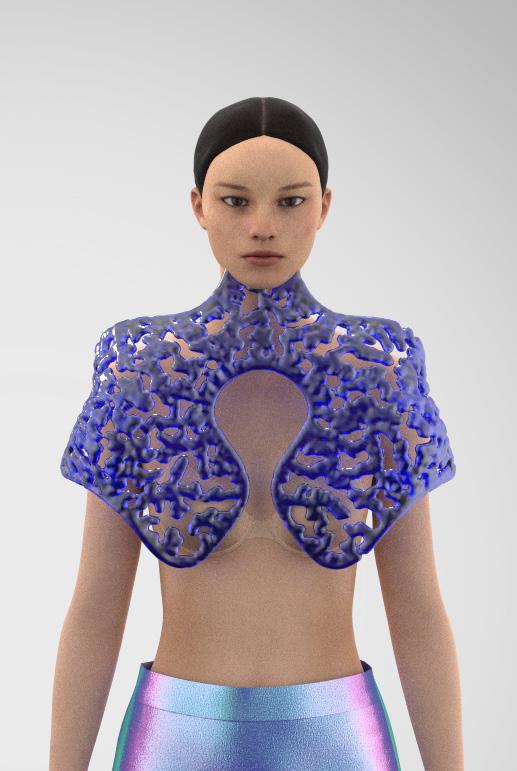

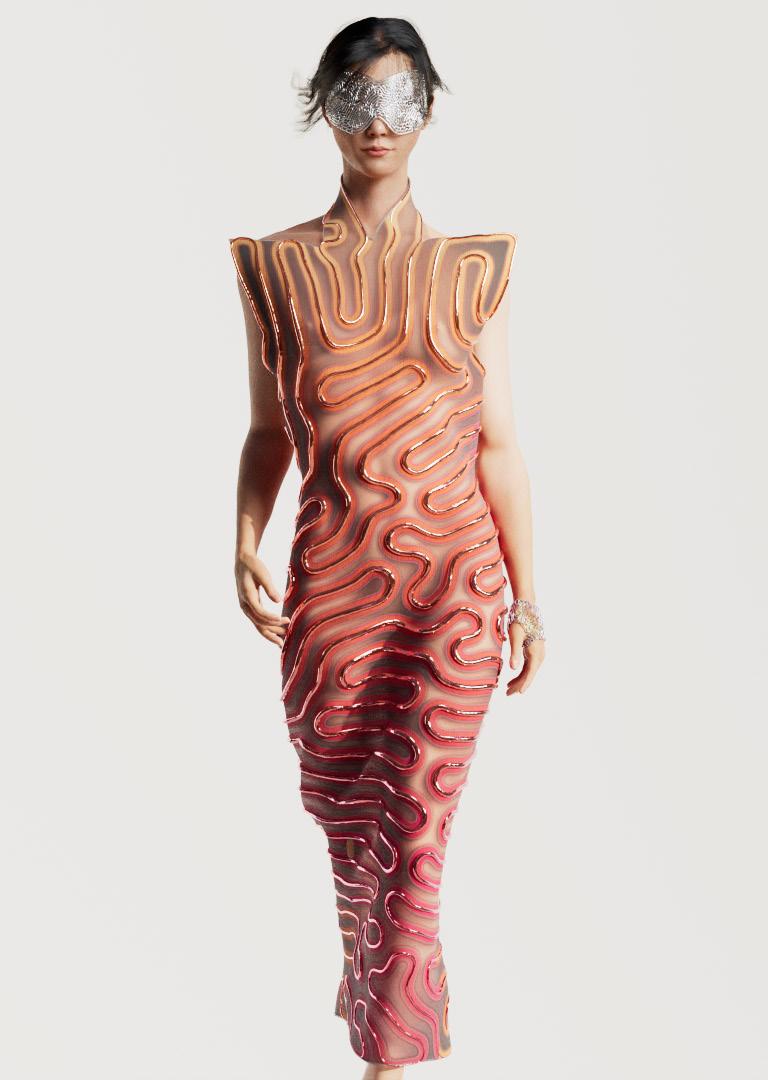
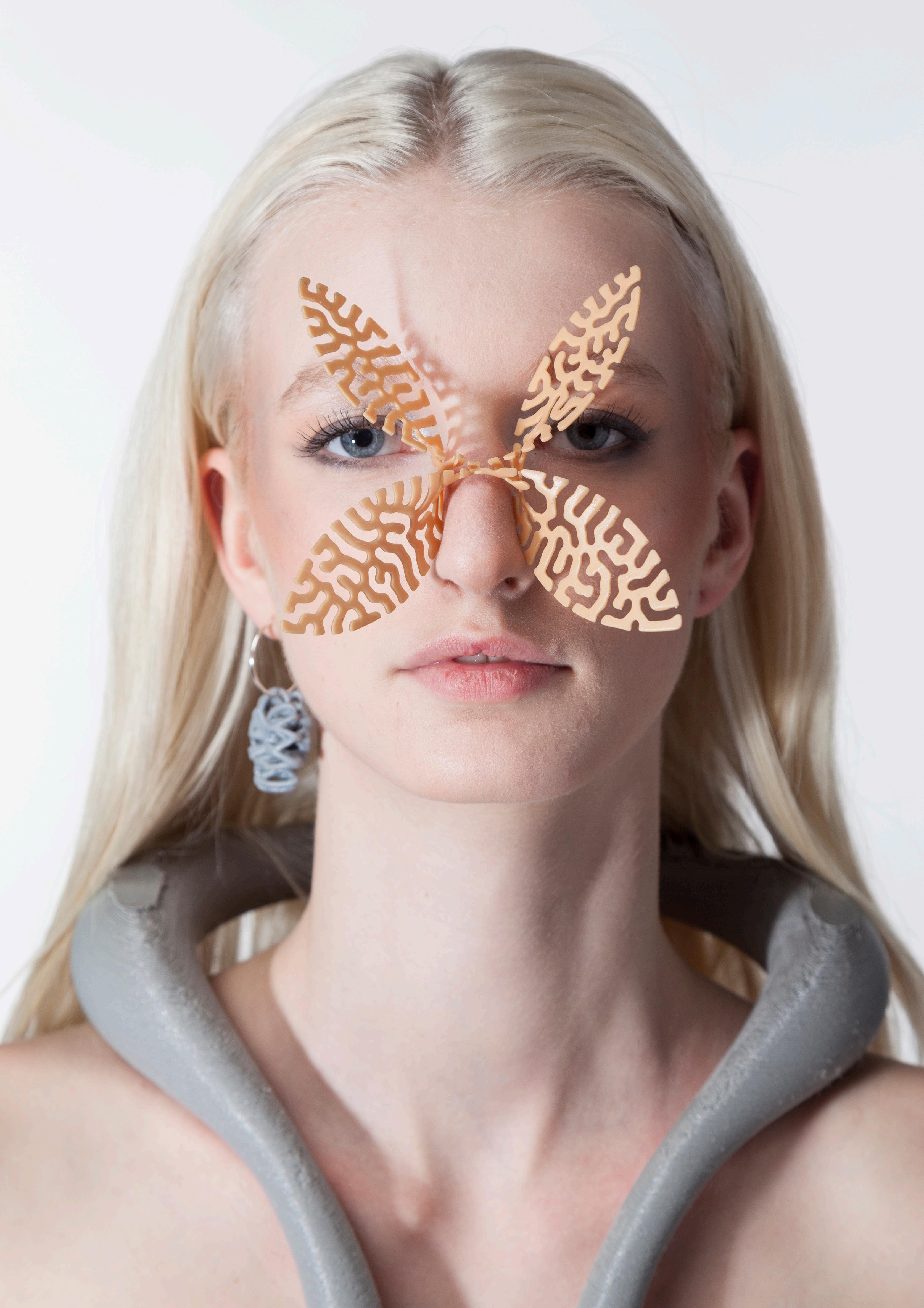
WEARABLE ARCHITECTURE
Wearable Architecture explores the fusion of avant-garde design with human movement, spearheaded by Marziah Zad and Mohsen Marizad. This collaborative venture delves into non-traditional geometries and lightweight structures, creating wearable art that extends and enhances the human form.
The project is a testament to how architecture, technology, and fashion can intertwine, offering new perspectives on personal and communal spaces. The design process incorporates minimal surface strategies and innovative fabrication techniques, resulting in pieces that are not only visually striking but also functional With a focus on prototyping and laser cutting techniques, triangles stripes were used in double curvature surfaces, and the unrolling process from 3D to flat-ready-to-lasercut pieces.
These creations were featured in the ‘Art of Connection’ photography series, acclaimed by Paper Magazine and the Cherrydeck Creators Awards, highlighting the power of clothing as a medium for social and environmental connection.
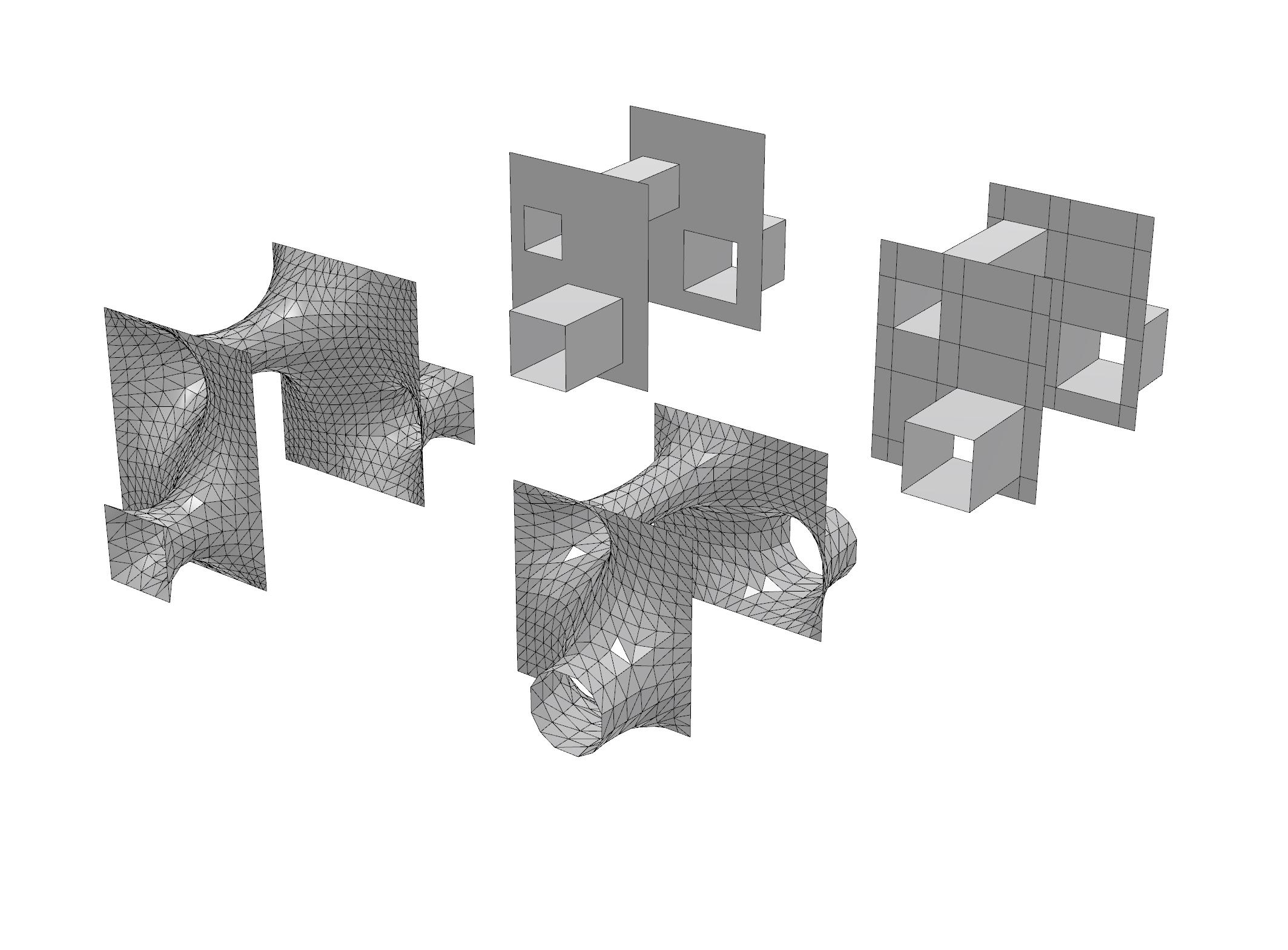
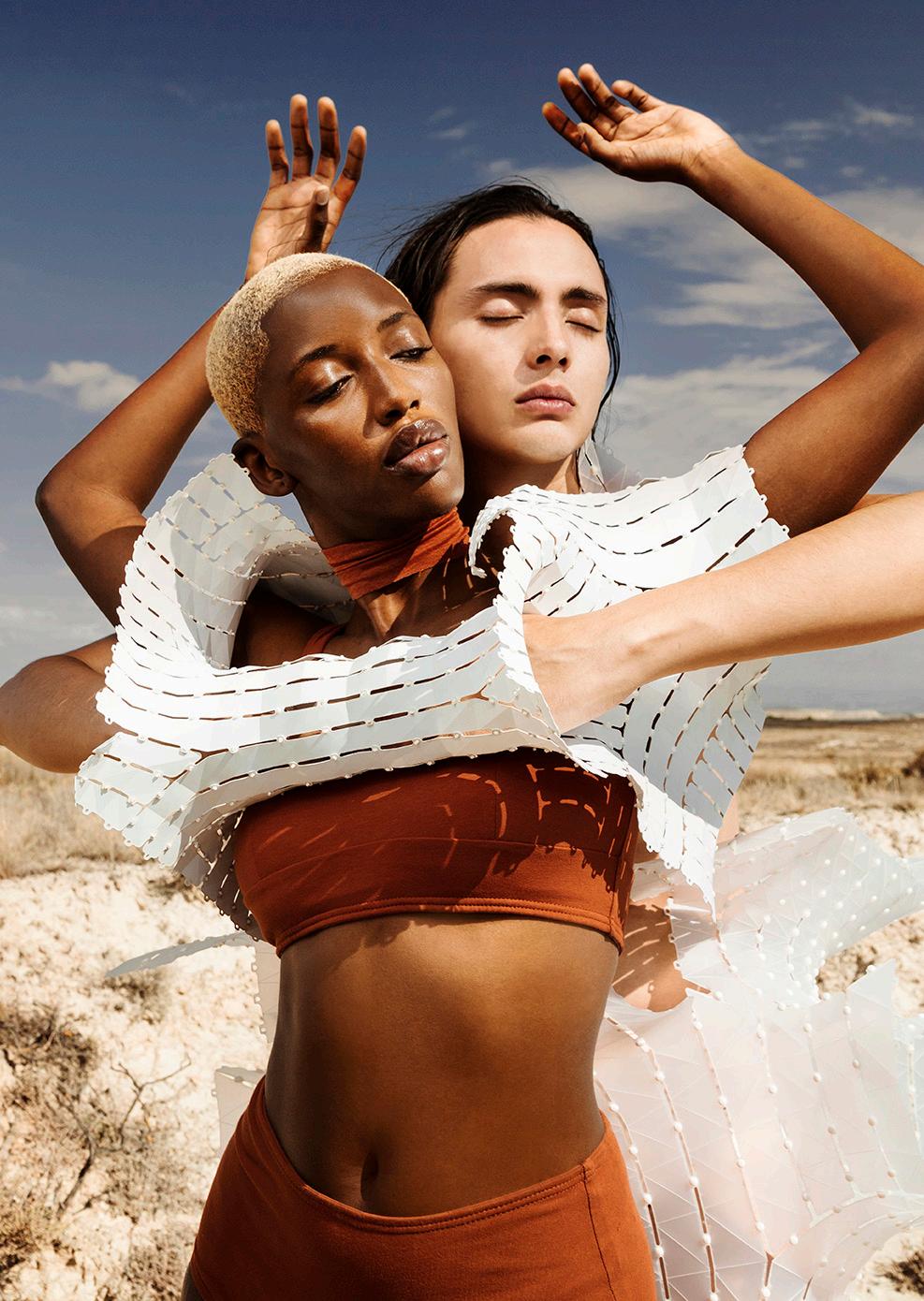

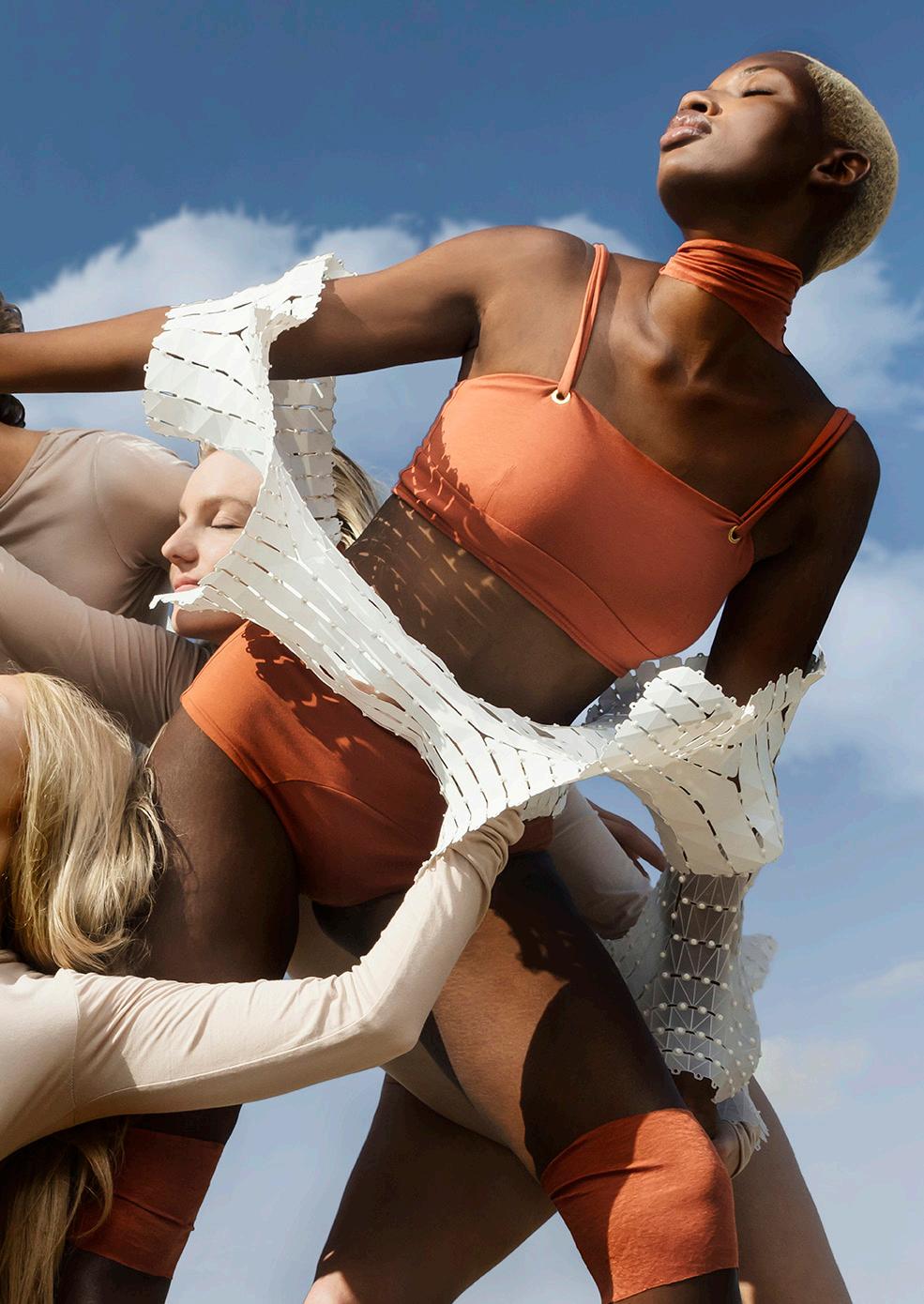
ROBOTIC INFORM
In January 2020, Robotic Inform emerged as a groundbreaking workshop at DesignMorphine in Barcelona, focusing on the convergence of robotics, 3D printing, and architectural design. The workshop, which I had the privilege to assist, concentrated on the creation of a life-sized, 3D-printed chair, employing generative algorithms inspired by natural growth. This educational experience provided insights into the computational processes behind design, offering a comprehensive understanding of the potential of robotic fabrication in creating sustainable and innovative architectural elements.
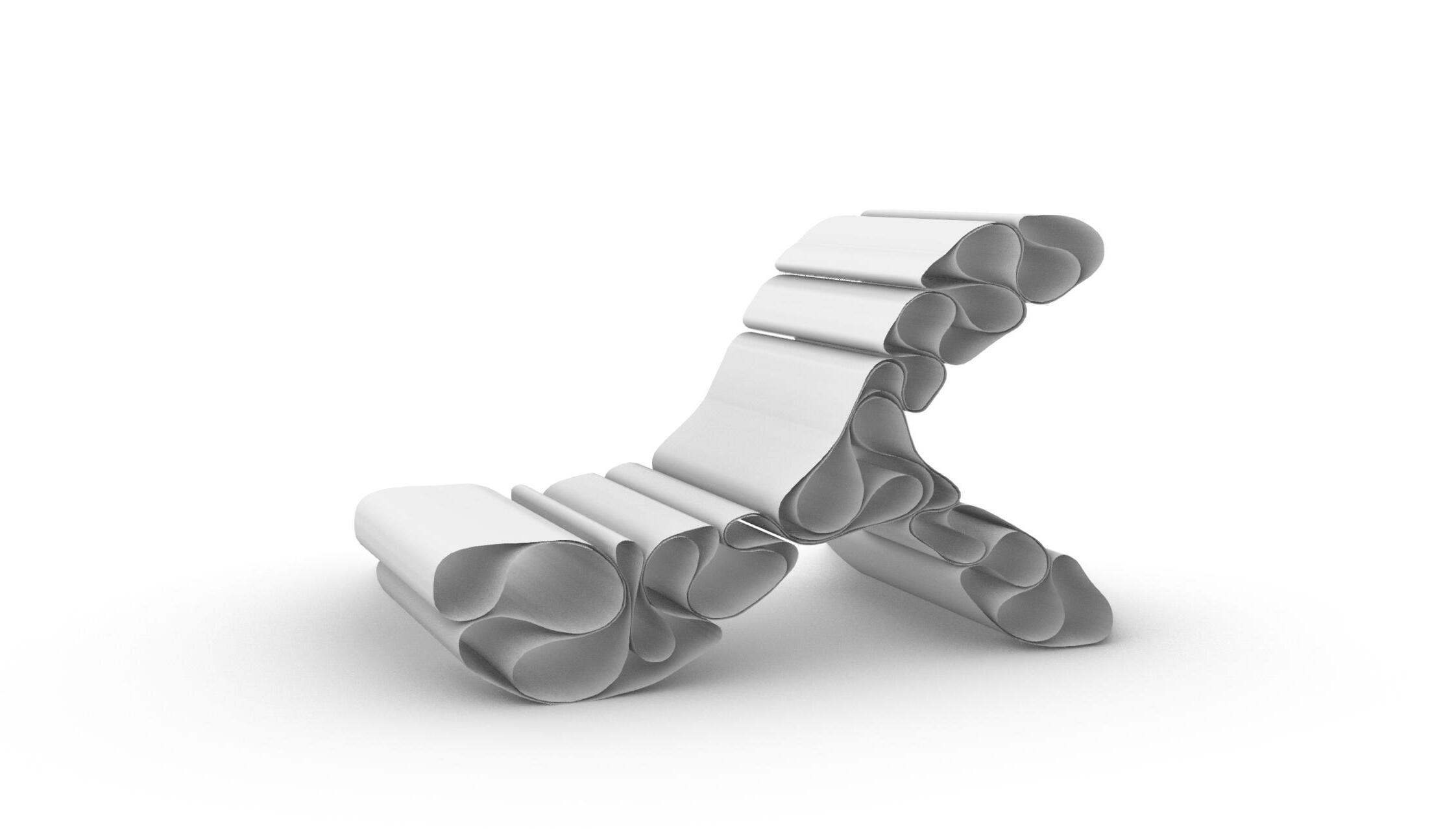
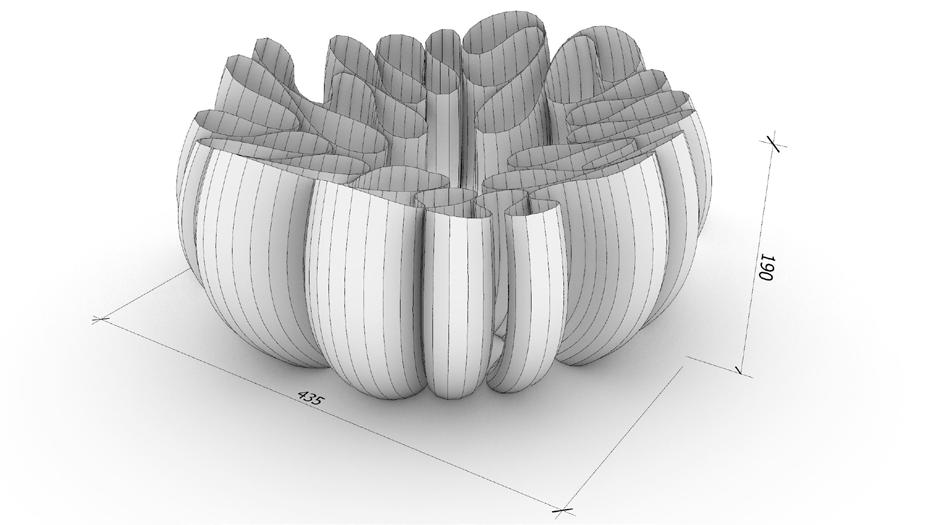



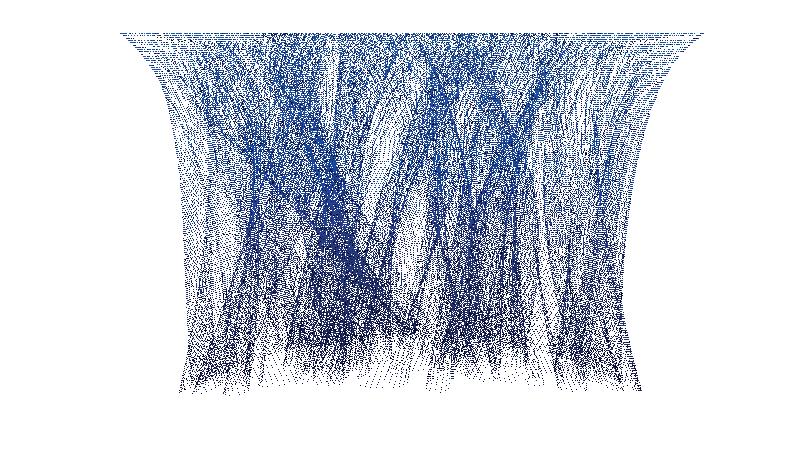

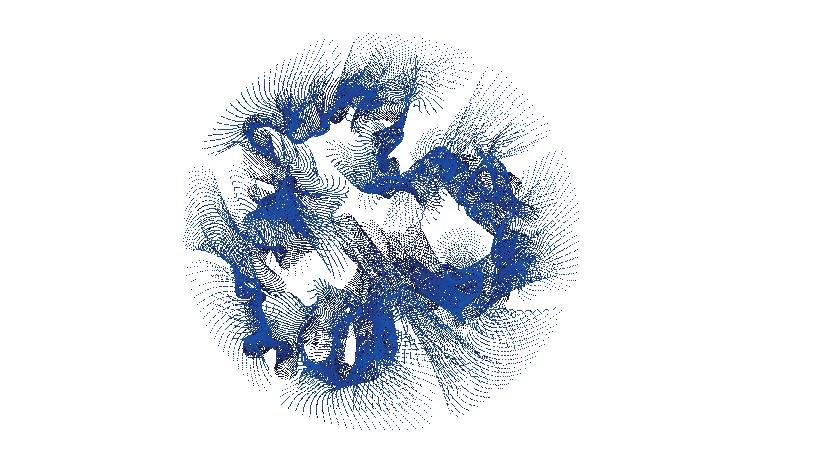



RADIORATOR
TECHNIQUE
The Radiorator helmet was crafted using advanced digital fabrication and 3D printing technologies, designed as a modular assembly with interlocking parts to form a cohesive structure. Its design is influenced by constructivist principles, emphasizing geometric precision and the three-dimensionality of form. The helmet’s aesthetic features semi-circular modules, systematically scaled and arranged around a central axis, intended to visually echo the dynamic expansion of sound waves. This innovative piece enables wearers to experience the unseen and unheard radio frequencies surrounding us, transforming these into perceptible sound vibrations.
CONCEPT
The inception of the project is rooted in transhumanist thought, advocating for the enhancement of human capabilities through technology. This project specifically explores the augmentation of sensory perception, aiming to extend our natural faculties to detect and interact with the invisible energies that envelop us. These energies, comprised of myriad unseen radio waves, represent the vast, silent flow of information and communication that permeates our environment.
SOUND WAVES
Our environment is saturated with radio frequencies that, though omnipresent, remain beyond the threshold of human perception. The Radiorator project embarked on an exploration of these frequencies, seeking ways to digitally harness and interpret them. The outcome is a wearable device, conceptualized as a helmet that functions akin to an antenna, positioned atop the head to capture and translate these elusive waves into an audible form, thus opening a new dimension of sensory experience.
Check it for more informatio at @radiorator.project
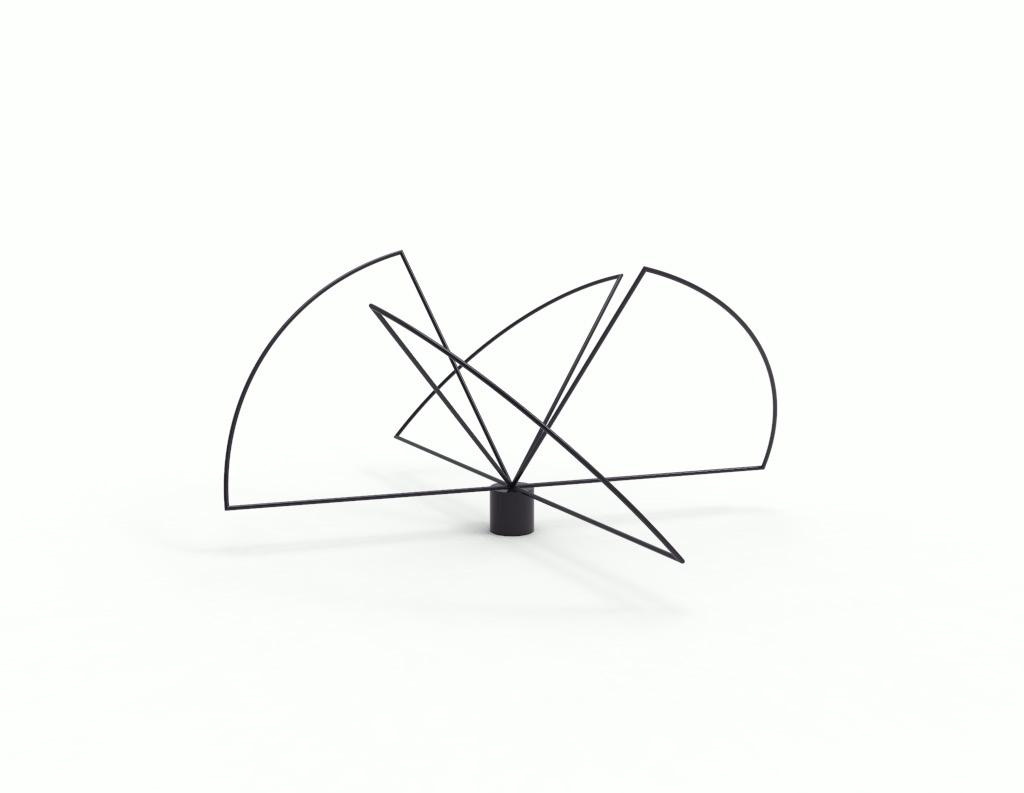
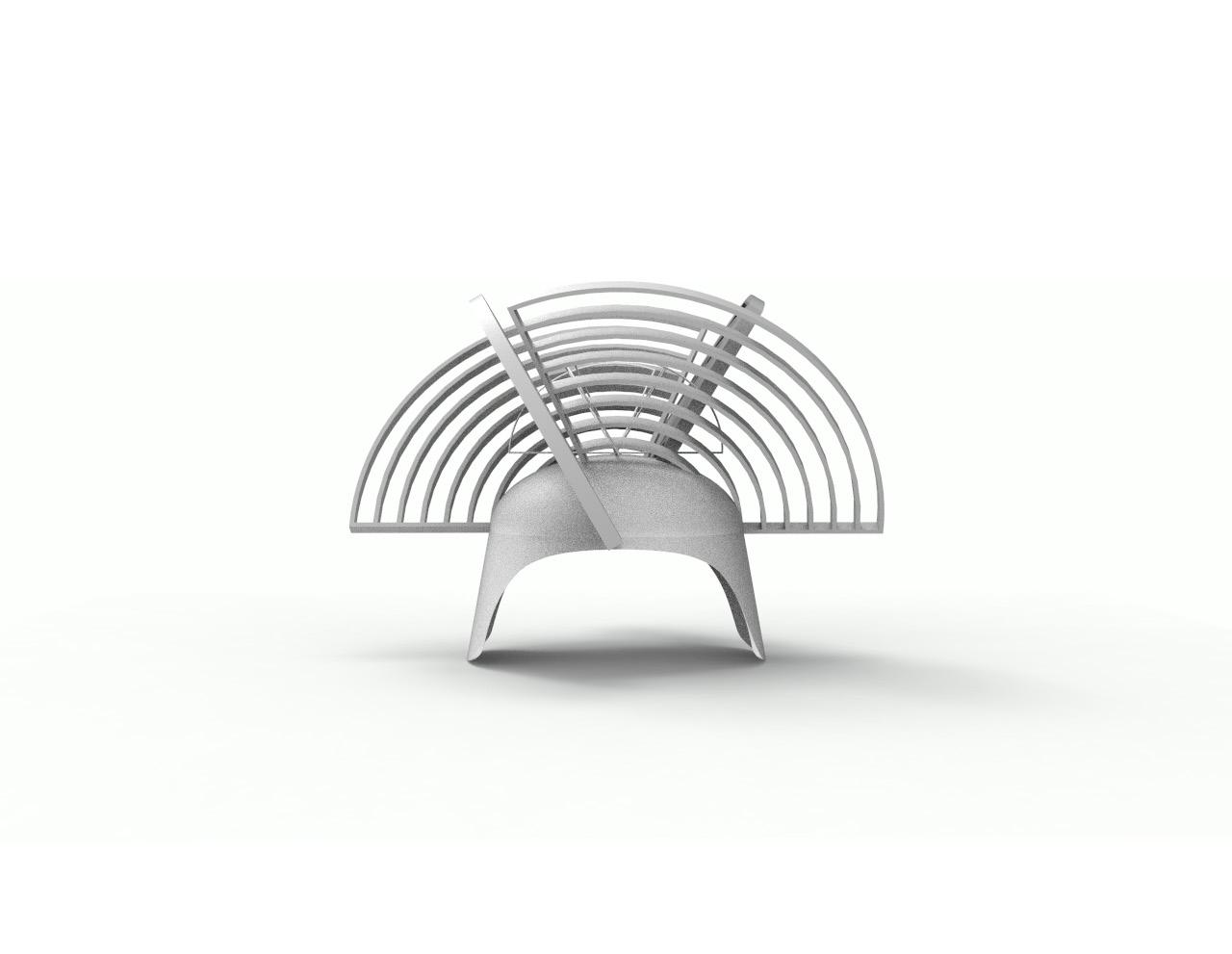
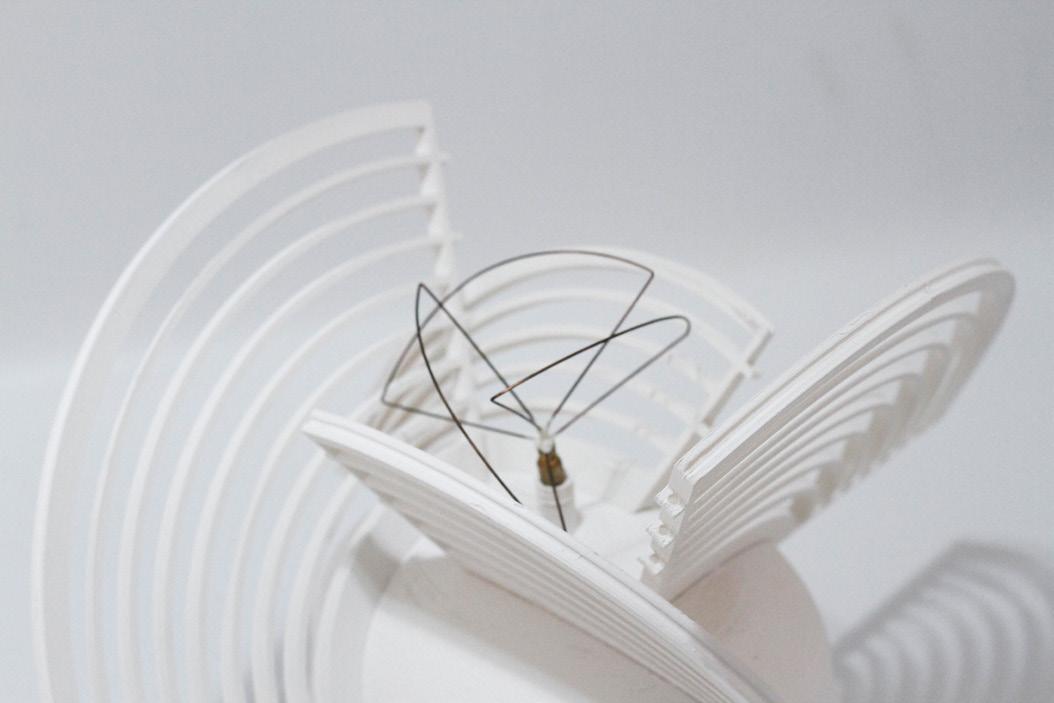
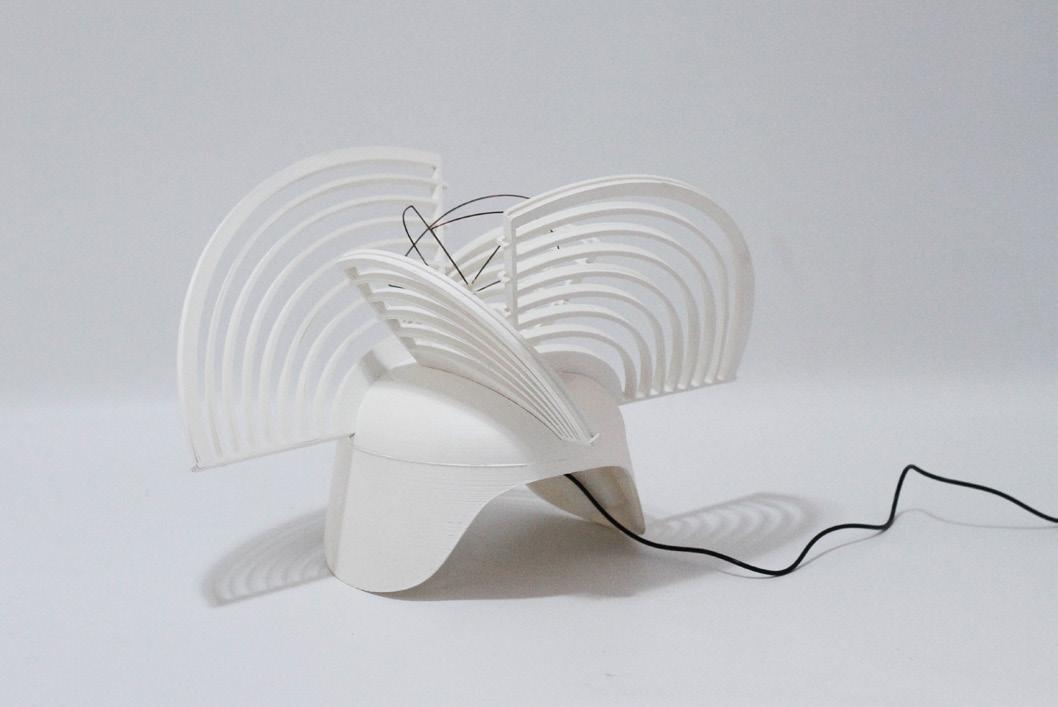
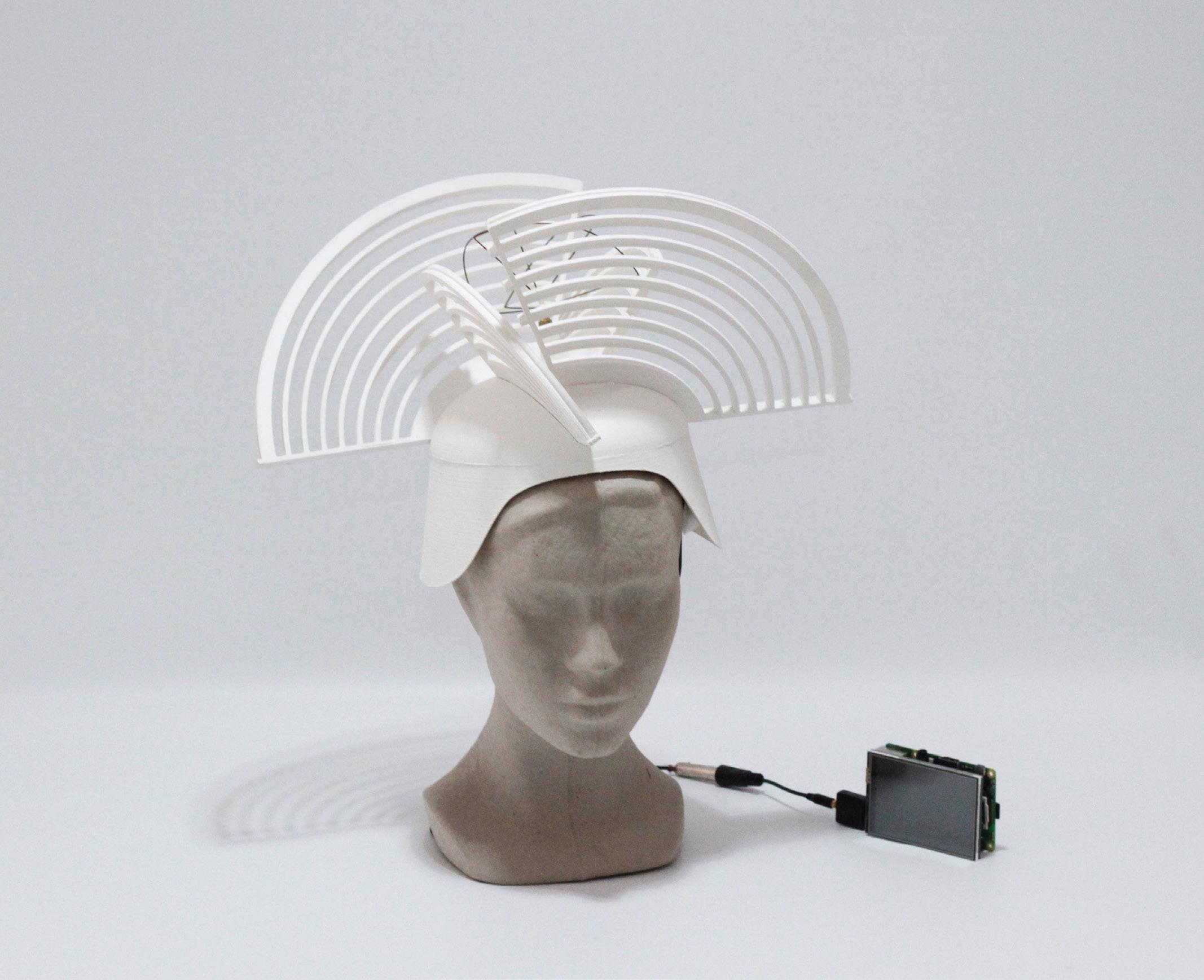
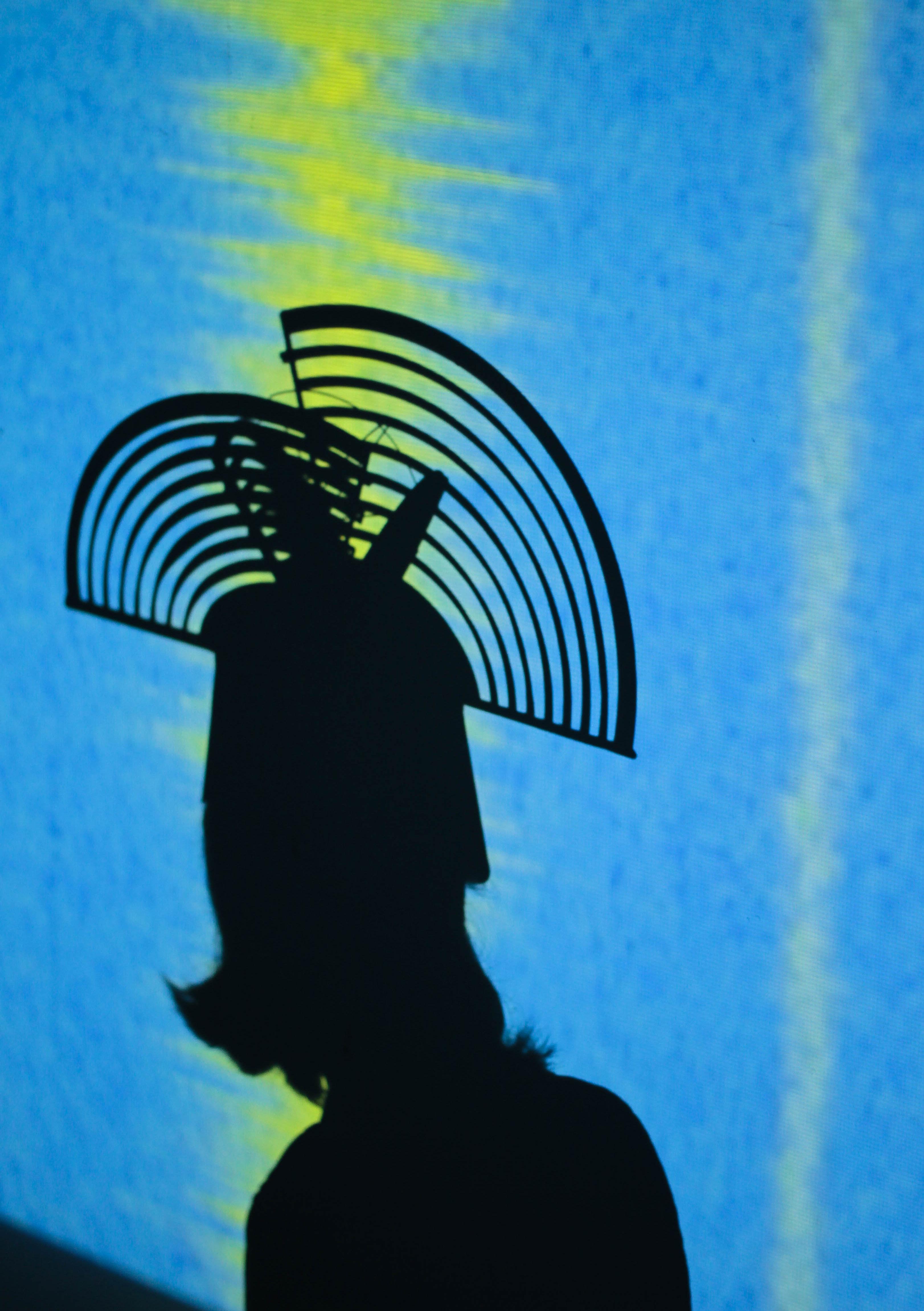
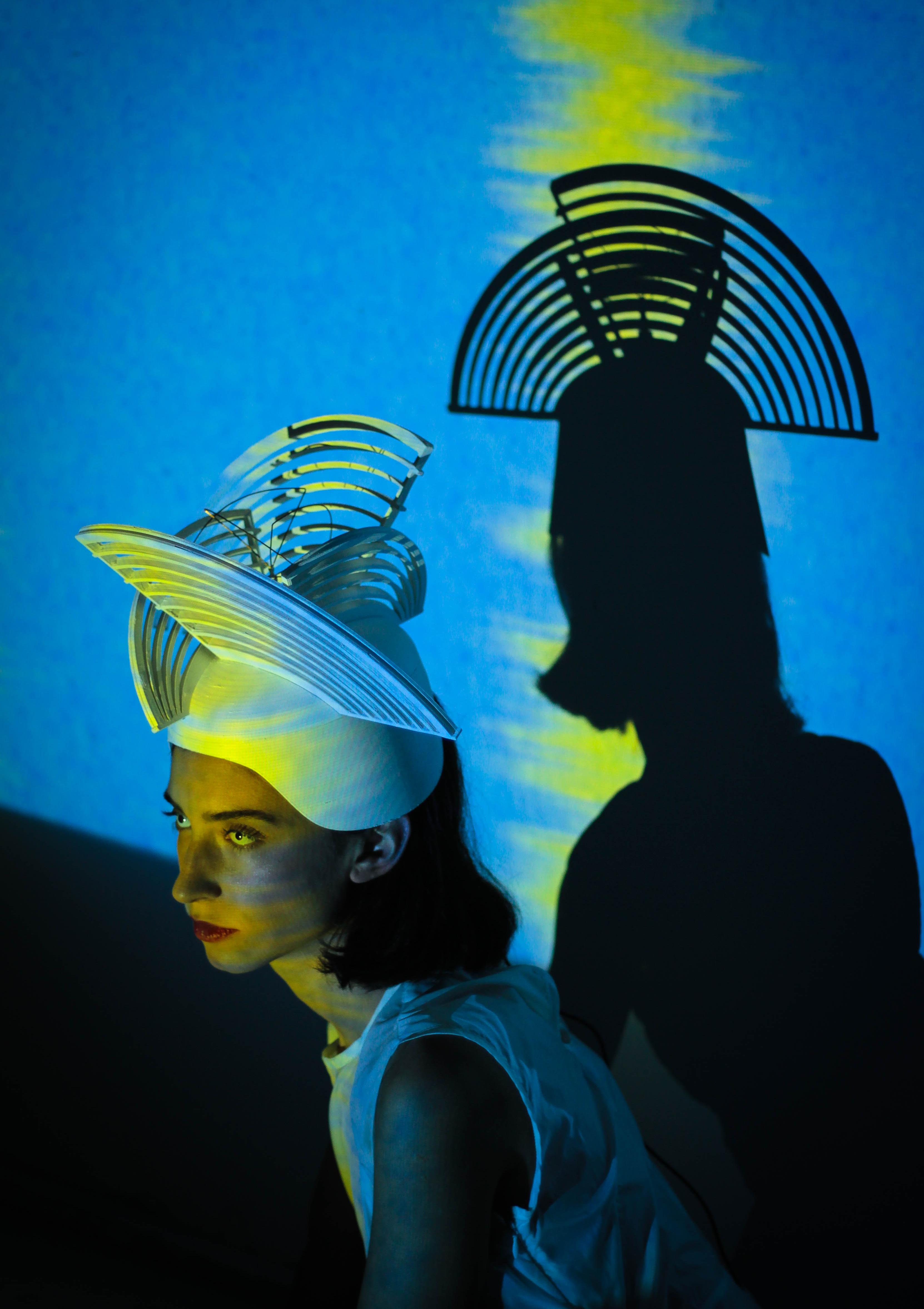
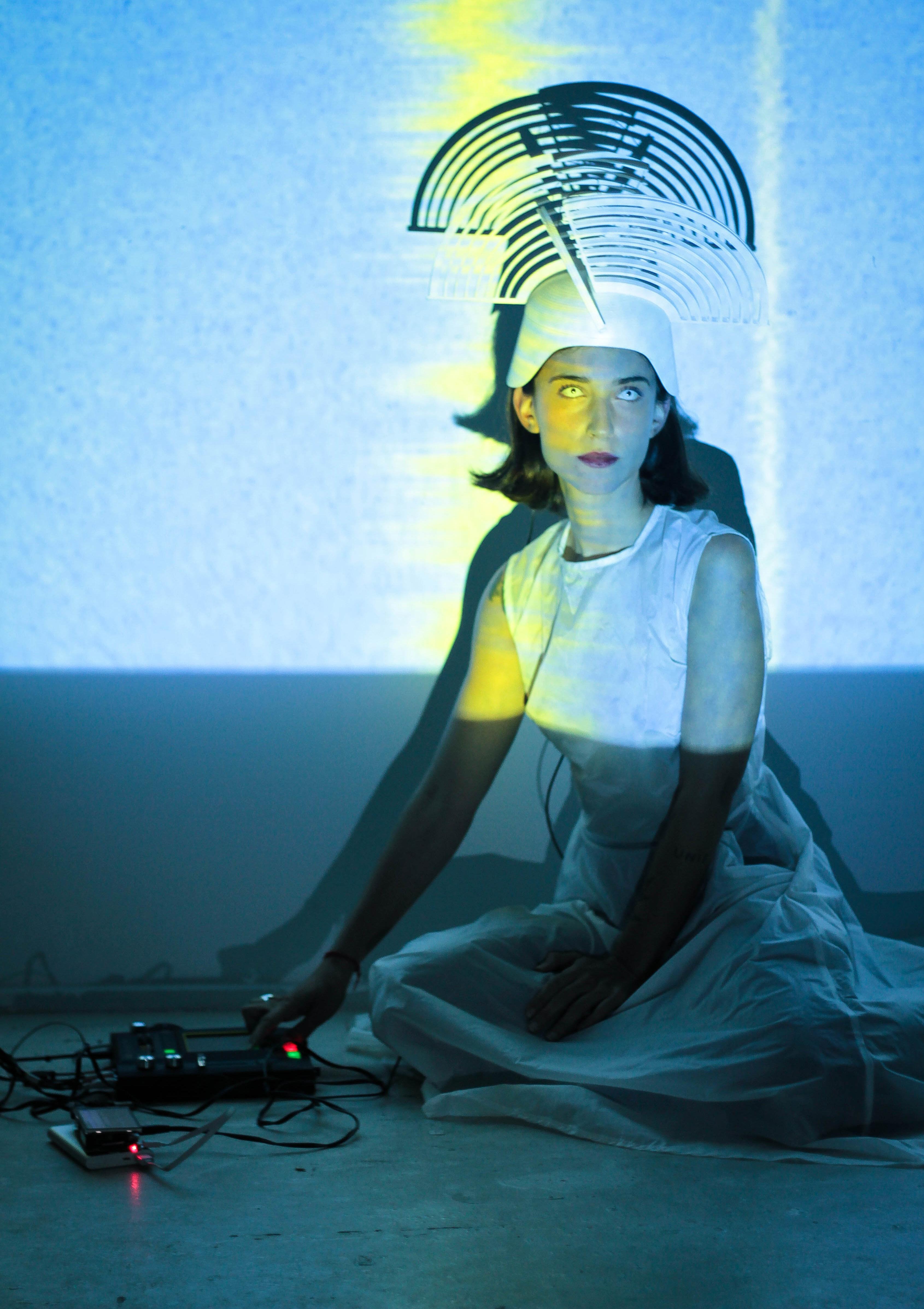
TOPOGRAPHY TOOL PATH
TOPO: Digital Landscapes in Foam explores the intricate relationship between natural topographies and digital fabrication. As part of the Digital Fabrication course, this project involved utilizing CNC machining to sculpt a high-density foam block into a landscape inspired by natural topographical changes. The design process emphasized simplicity and efficiency, employing a flat tool tip and strategic linear paths to mimic the organic erosion and formation of landscapes. This assignment stands as a testament to the potential of minimal resources in creating complex and aesthetically pleasing designs.
The core concept centered around integrating sliced segments of natural landscapes into the tool path’s design, meticulously milling the foam to sculpt the envisioned topography.
